Another day, another electric car comparison. As Australians become more comfortable with the idea of electric cars and they become more affordable, slowly but surely the tide is turning as manufacturers try to temp buyers out of internal combustion engine-powered cars. The Hyundai Kona Electric has just undergone a major mid-life update with a new look and a new split model range offering a lower price of entry. Yet even the most expensive Kona EV is comfortably less expensive than our other contender here: the new 2021 Mazda MX-30 Electric. It’s Mazda’s first electric car and it’s priced at just shy of $71,000 drive away. It looks funky, it’s luxurious on the inside and it comes from a brand that can seemingly do no wrong in Australia. So which is best: the 2021 Mazda MX-30 Electric or the 2021 Hyundai Kona Electric? Let’s find out.
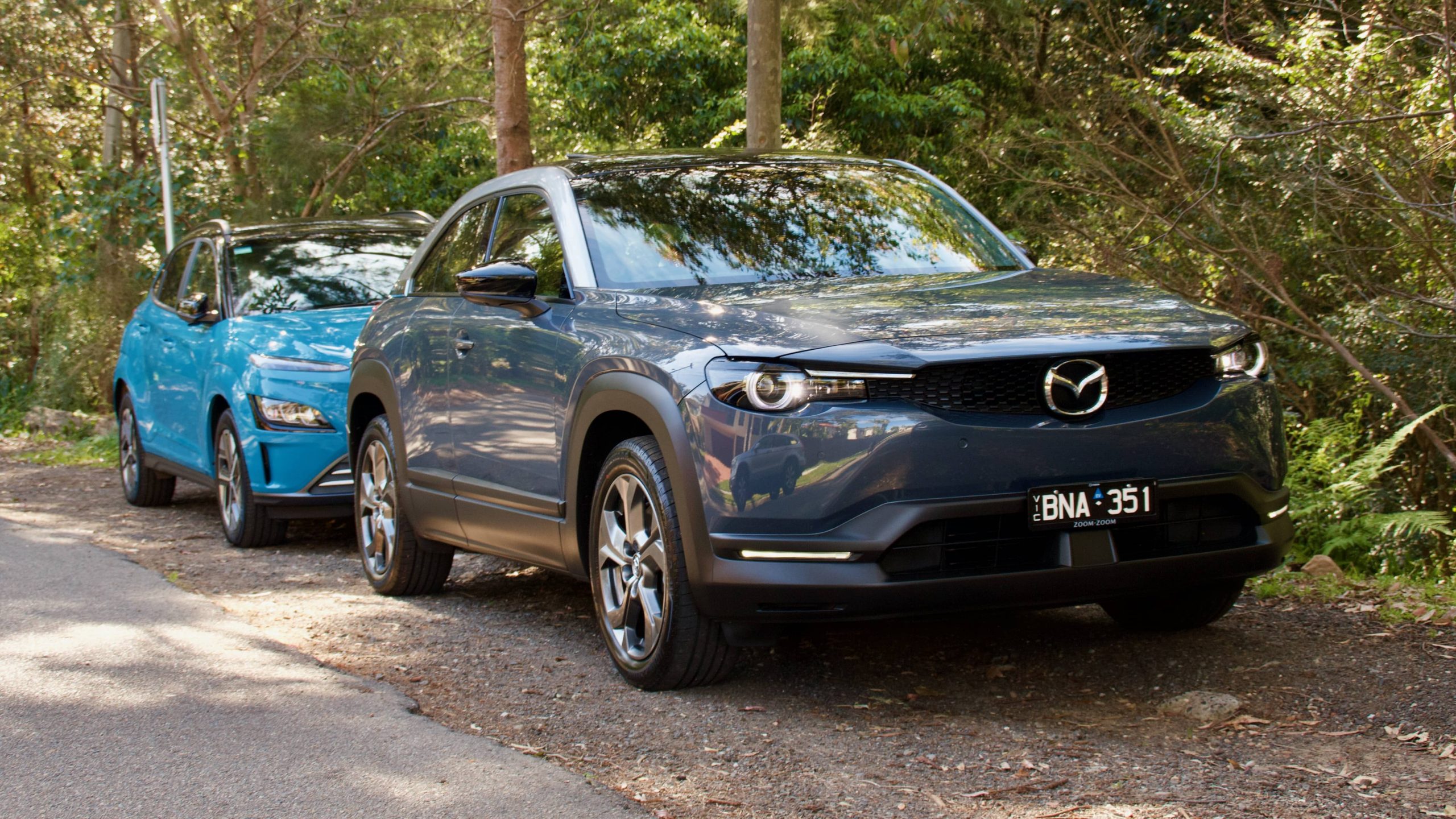
Price & Equipment:
Only $1,650 separates the two cars on drive away pricing – the Kona’s $69,311 drive away cost eclipsing the MX-30’s $70,961 asking price. Yep, the car with (a lot) less range costs more to buy, but more on that soon. What equipment do these cars share?
Both cars are very well equipped and come with automatic all-LED lighting, auto wipers, a sunroof, a heated leather steering wheel, part- or full-leather upholstery (the Mazda’s is a mix of faux leather and cloth), heated front seats, an electric driver’s seat, single-zone climate control, 8.8-inch infotainment screens with wired Apple CarPlay and Android Auto, satellite navigation, digital radio, keyless entry and start, heated and auto-folding mirrors, a digital driver’s display and a premium sound system: the Kona an eight-speaker Harman Kardon unit and the Mazda a 12-speaker Bose unit.
Safety kit is plentiful on both as well with auto emergency braking (AEB) with pedestrian and cyclist detection, lane departure warning with lane keep assist, adaptive cruise control with stop and go functionality, blind-spot monitoring with rear cross-traffic alert, automatic rear braking, driver attention monitoring, auto high beam, speed sign recognition, an auto-dimming rear mirror, a heads-up display, tyre pressure monitoring, front and rear parking sensors and a reversing camera.
| 2021 Mazda MX-30 Electric | 2021 Hyundai Kona Electric | |
| Pricing (drive away in NSW) | $70,961 | $69,311 |
| Power and torque | 107kW/271Nm | 150kW/395Nm |
| Battery and charge time (10-80%) | 35.5kWh/36 minutes (50kW) | 64kWh/47 minutes (100kW) |
| Maximum range | 200km (WLTP) | 484km (WLTP) |
| Service price (five years) | $1,285 ($257 per service) | $1,445 ($289 per service) |
| 0-100km/h sprint time | 9.7 seconds | 7.6 seconds |
Choosing the Hyundai over the Mazda further gets you live traffic for the navigation, a rear fog light, ventilated front seats and heated rear seats, a wireless phone charger, an electric front passenger seat, a rear USB charging port, rear occupant alert, safe exit assist and an alarm.
Choosing the Mazda over the Hyundai gets you a 240V household outlet, Matrix headlights, two extra airbags (eight in total), a 360-degree parking camera, memory functionally for the driver’s seat, an auto-dropping passenger mirror, larger 18-inch wheels and a leather gear knob.
While both cars aren’t cheap, the Hyundai is the obvious winner with pricing and equipment as, while it doesn’t come with a few of the bigger ticket items as the Mazda such as the extra airbags and a 360-degree camera, it does offer more overall safety kit and useful features such as ventilated front seats, and that’s not even including the fact it’s got almost double the battery pack for more than double the range as well. The kicker? The standard range Kona Electric Highlander can be had from as little as $63,000 drive away, and it still offers a full 105km more range than the MX-30. An easy, easy win for the Hyundai Kona Electric.
Performance & Range:
Unlike in our previous electric car comparison, there’s a stark difference in both performance and range offered by these two cars. If you’re wanting a spoiler, the Kona is far superior. Take, for example, their battery packs: the 2021 Mazda MX-30 Electric uses a 35.5kWh unit, while the Kona’s is almost double the size at 64kWh. This endows the Kona with significantly more range than the MX-30 — 484km versus 200km (on the WLTP cycle).
Thanks to higher-rate 100kW DC charging capability, the Kona’s battery can be charged from 10 to 80 per cent in as little as 47 minutes – the Mazda will take a maximum 50kW, and its charging time is only 11 minutes shorter at 36 minutes. Keep in mind that’s for significantly less range too, less than half in fact.
There’s also a big difference in their performance. The Kona’s higher-output 150kW/395Nm motor feels much stronger than the MX-30’s 107kW/271Nm outputs. Mazda claims that the MX-30 will hit 100km/h in 9.7 seconds – or around the same as a 2.0-litre CX-30 – but the Kona is much quicker at just 7.6 seconds.
The difference in figures translates to the road as well, as the Kona feels much stronger, even in eco mode, than the Mazda. Put your foot down and it just goes, and it’s really quite fun behind the wheel. The Kona feels hot hatch quick, instant it its response and will have you winning the traffic light Grand Prix. The Mazda is much more sedate and the entire driving experience lends a sense of calm. That’s not to say that the Mazda is slow because it isn’t, it just isn’t as fast as the Hyundai and while its throttle travel is much more natural than the Kona’s, smaller prods in the Hyundai go a lot further than even planting the throttle in the Mazda.
Without any sweat, the Kona Electric wins the second round.
Ride & Handling:
Neither the Kona nor the MX-30 are superstars from behind the wheel, though they are pleasingly comfortable, quiet and fun to drive. The Kona’s local tuning – as with many other Hyundai, Genesis and Kia products – has given it a comfortable and composed ride quality that’s rarely unsettled. It also offers good body control and handles well too, though its Michelin Primacy 4 tyres aren’t the last word in grip, even if they are than the Nexen rubber used in previous Kona Electric models. Having the batteries mounted low means that the Kona Electric doesn’t lean too much through corners, feeling oddly resistant to body roll unlike other conventional SUVs. Being front-wheel-drive, the Kona’s immense torque can quickly overwhelm the front wheels, much like Michal found with the pre-facelift Kona Electric last year.
The 2021 Mazda MX-30 Electric is also well tuned for our roads, though not quite as successfully. Perhaps due to its less sophisticated rear suspension set up, or its larger 18-inch wheels, the MX-30 doesn’t settle as quickly after bumps and smaller bumps make a larger impact in the cabin. It’s still a relaxing car to drive, though not quite as serene or as urgent as the Kona. Both cars feature fairly light steering that makes urban driving easy, though the Mazda’s rack feels more natural.
Regardless of speed, the MX-30 is definitely quieter than the Kona for road noise, though the Kona’s visibility far exceeds the MX-30 thanks to its tiny windows.
The Kona’s wins are start to look a little predictable and not he ride and handling front, the MX-30’s inferior suspension setup seems to let it down as its not only less fun to drive but a little less comfortable to travel in.
Interior & Practicality:
While the Mazda is inferior to the Hyundai mechanically behind the wheel, its interior is much higher quality and a more interesting place to spend time – if you don’t venture to the back seat that is. Mazda’s interior game has been on point for the past five years and the MX-30 takes that to new heights with excellent materials, including cork centre console trim in a reference to Mazda’s origins, as well as recycled materials and faux leather for a vintage look.
The Mazda’s interior also feels more expensive than the Hyundai’s with much more liberal use of soft-touch materials, which cover pretty much all of the front cabin – as opposed to the tiny dashboard strip in the Kona. Put simply, it feels a lot more special, which goes some way to helping justify the extra cost.
The MX-30’s interior is also much simpler to use with significantly less buttons than the Kona and a minimalist approach to the design. At the centre of both cars lie 10.25-inch screens – the Kona’s is a touchscreen, while the Mazda’s is controlled by a rotary dial on the centre console. The Kona’s screen is used in pretty much all other Hyundai products and it’s very easy to use and the screen quality is great. The MX-30’s screen uses the new ‘Mazda Connect’ system seen in the 3 and CX-30 and it’s also great, though it can take time to learn.
Both cars’ cabins are reasonably practical with big door bins, good gloveboxes, ample centre armrest storage and even huge lower centre console tray storage, which is where the USB ports in both cars are located to keep your devices out of sight while driving.
The back seat of the Kona is a much more practical space, and not only because it has proper doors to access it – there is more room and more ammenities as well, including a USB port, an arm rest with cup holders and large windows that will help car sickness. The Mazda’s design ensures that its rear windows are tiny, while both head- and legroom is tight for six-footers. Neither car features vents for the second row, which is disappointing, as is that only one map pocket features in both cars.
Move to the boot and the Mazda’s appears to be larger, though the Kona offers more in volume at 332-litres with the seats up – the MX-30 offers 311L. Both boots are disappointingly devoid of features – the Kona has a boot net and the MX-30 a few tie down points, but that’s it. Fold the seats and the Kona gives you 1,114L and the MX-30 gives you a slightly larger 1,171L. Neither car features a spare wheel, nor a front boot.
With its better interior, the Mazda claws back some points with a win in the interior and practicality department. It might have a tiny back seat, but the rest of the MX-30’s interior is lovely to sit in and behold.
Service & Warranty:
Unusually, the Mazda is the victor in the service and warranty contest. Both vehicles feature a five-year/unlimited km warranty with a further three years on the battery pack, while the short 10,000km service intervals on Mazda’s ICE-powered cars does not feature on the electric MX-30 and it only requires servicing yearly or every 15,000km, which is identical to the Kona.
Mazda includes five years of roadside assistance with all its cars, while Hyundai gives you 12 months that gets topped up a further 12 months with each scheduled service. Servicing the Kona over five years/75,000km costs $1,445 ($289 per service) while servicing the MX-30 over the same time costs $1,285 ($257 per service). Mazda’s short 10,000km service intervals usually impede the ownership cost of its cars, but not in the case of the MX-30 – we hope the longer intervals extend to all of its cars.
Another win for the Mazda which just pips the Hyundai on the servicing front with its cheaper workshop visits and five-years of roadside assistance included at point off sale.
Which is best: the 2021 Mazda MX-30 Electric or 2021 Hyundai Kona Electric?
This comparison was genuinely one of the most fun ones we’ve performed yet at DiscoverAuto. We love electric cars and the Kona Electric and the MX-30 Electric are good choices at the moment, though one is much better at being an electric vehicle: the Kona. Not only does it offer more than twice the range of the Mazda (484km versus 200km) but it’s also quicker, more practical and much better value for money. As an overall package, the Kona is far superior to the MX-30.
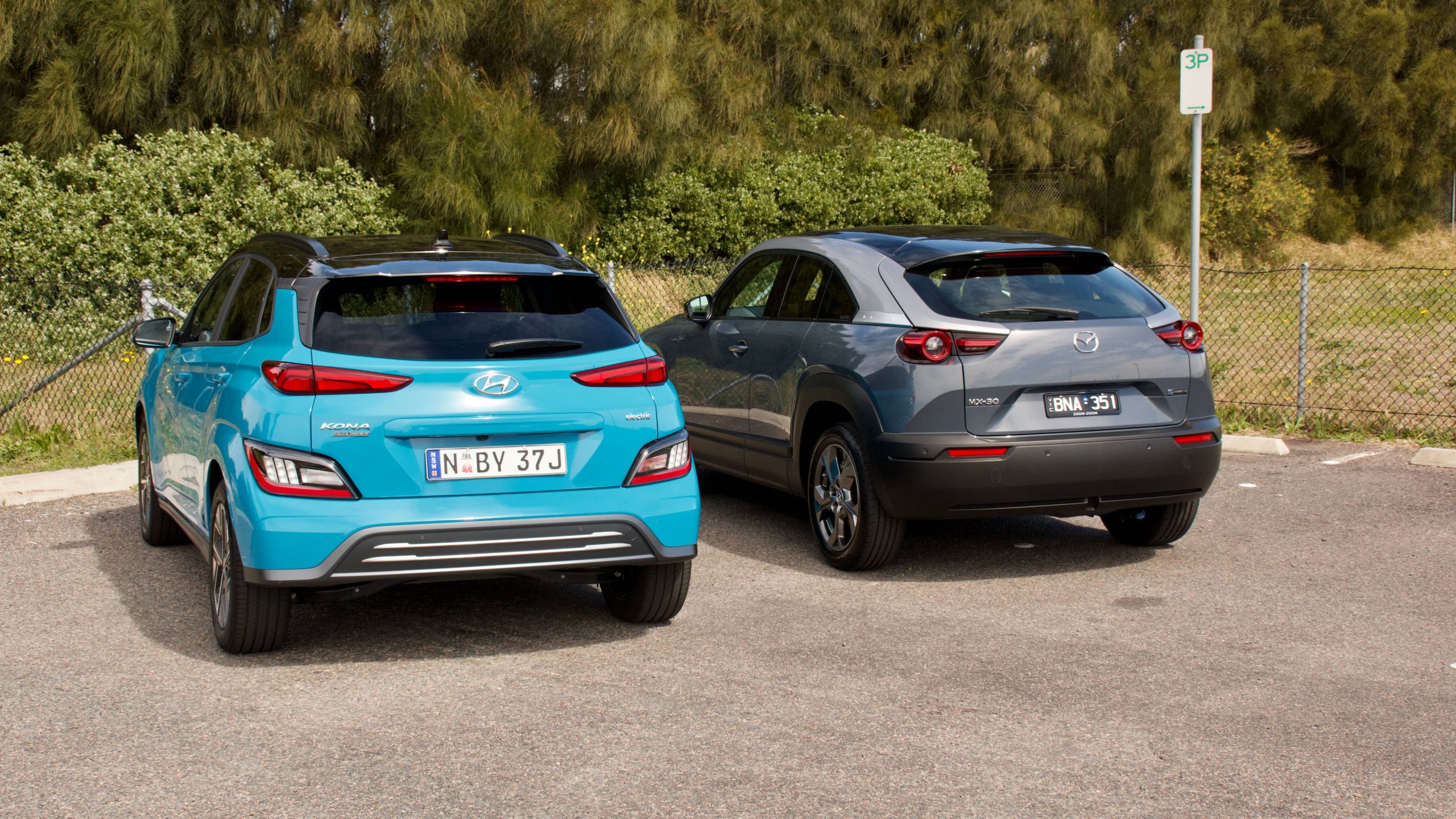
The MX-30 is not without its merits, however. It features a genuinely lovely interior that’s well designed and excellent quality, and it drives well too. But these qualities also exist on the mild hybrid MX-30 that can be purchased from around half the price of the electric MX-30, and we think it makes much more sense at that price. But Mazda’s first electric car has been a good effort, and we can’t wait to see what it comes up with next – but based on this test, Hyundai is already well ahead in the electric car game.
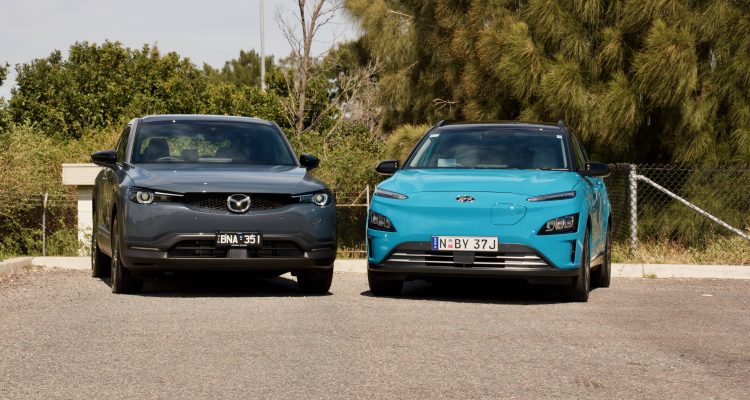
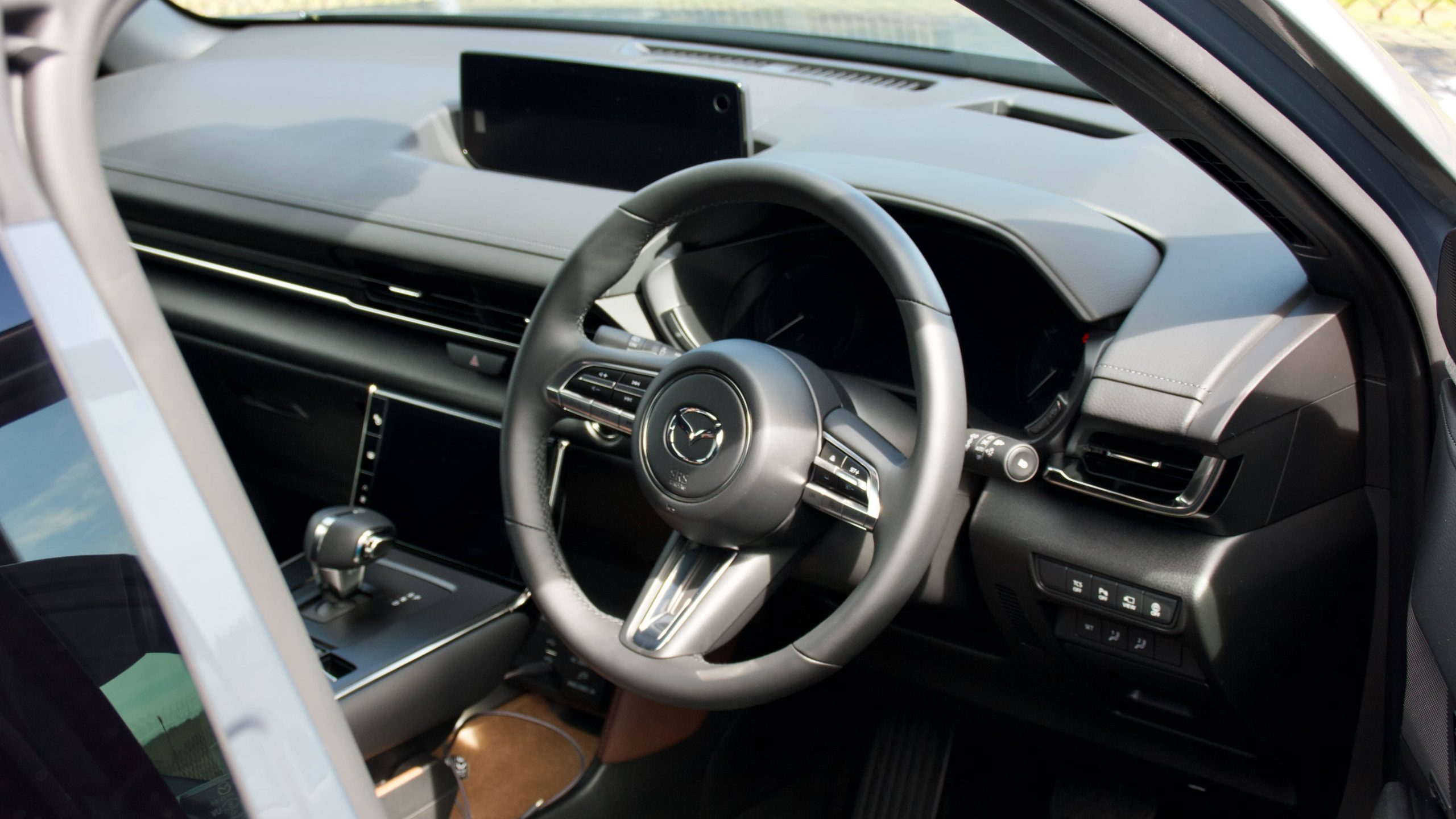
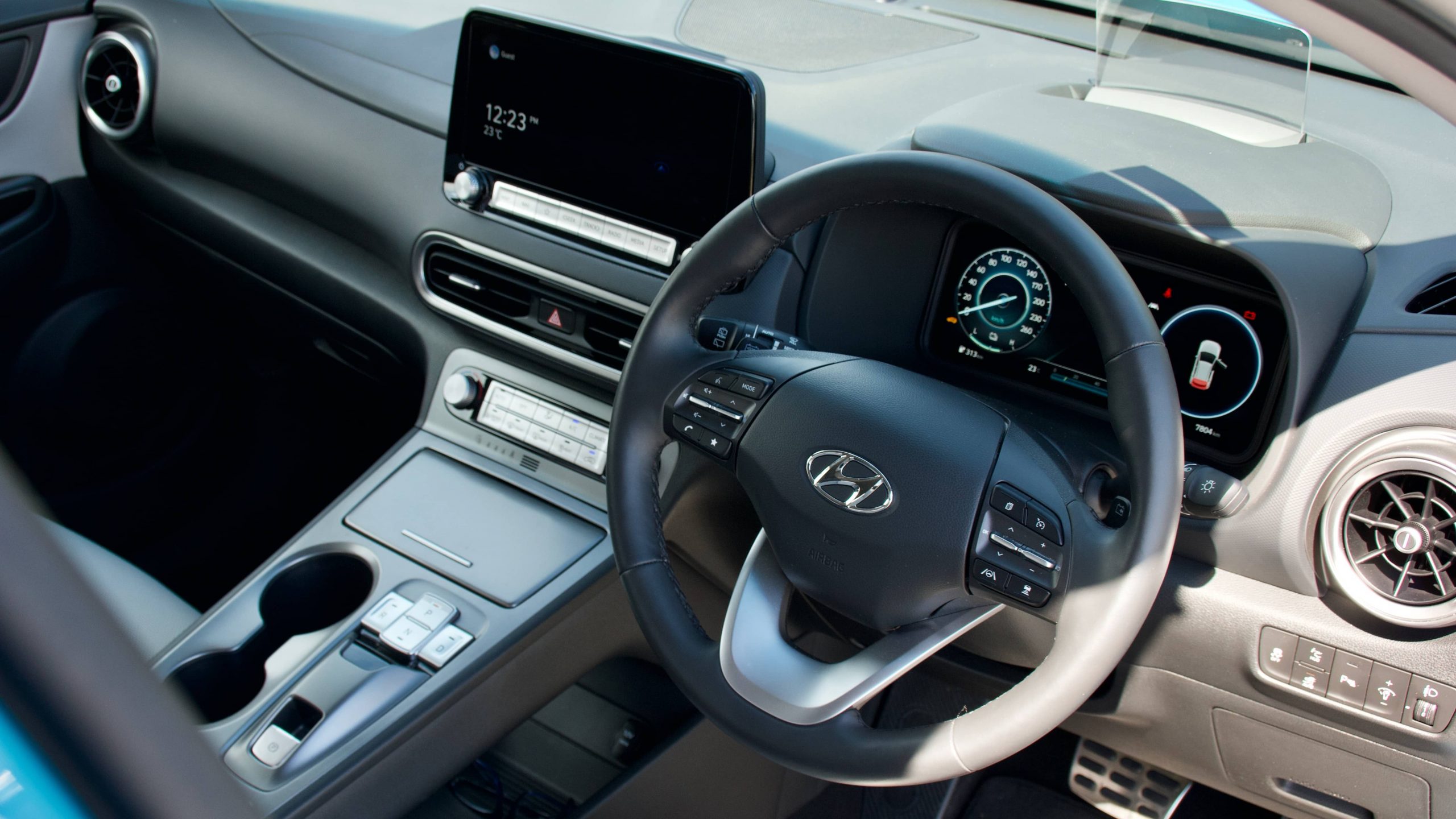
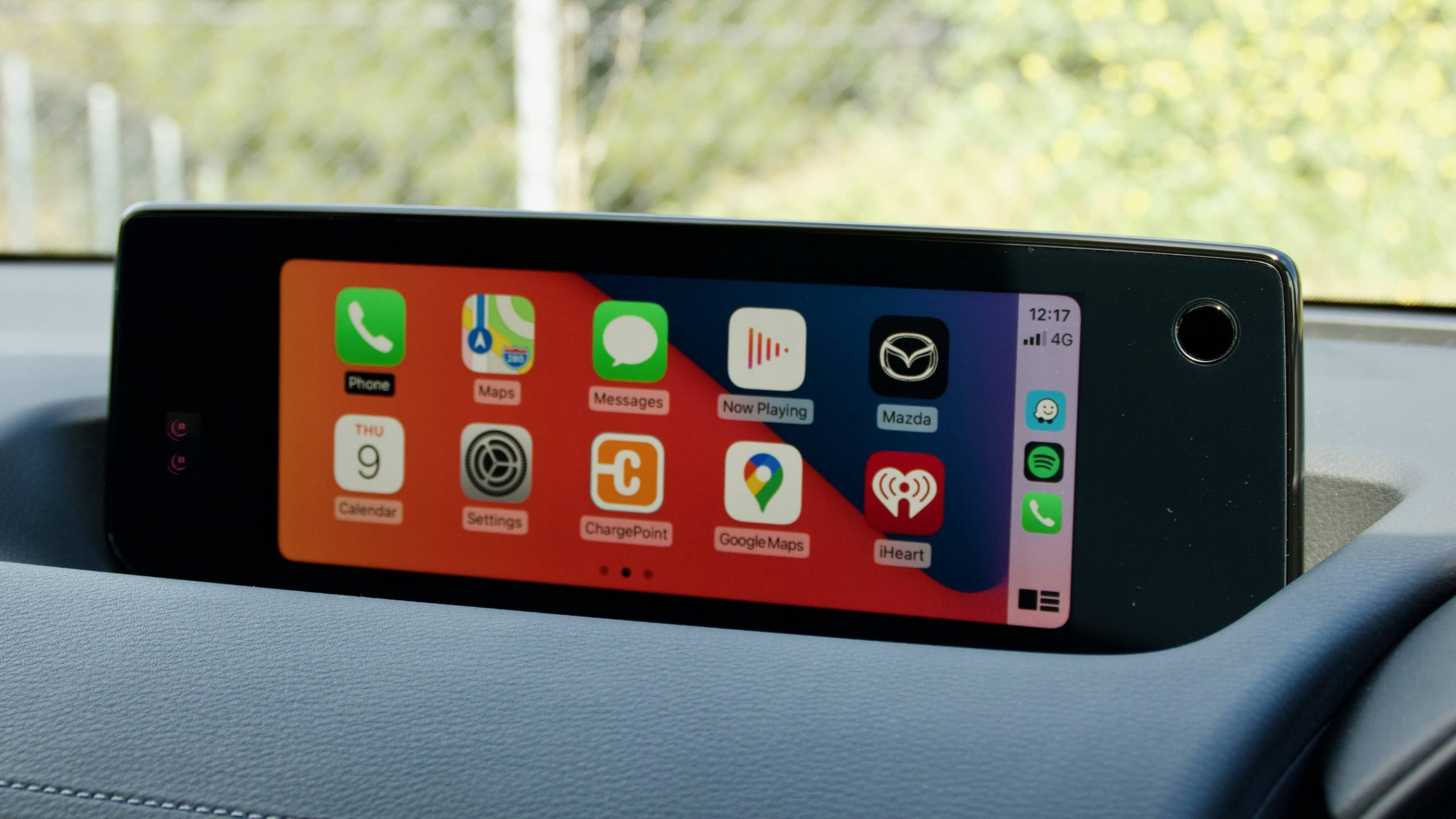
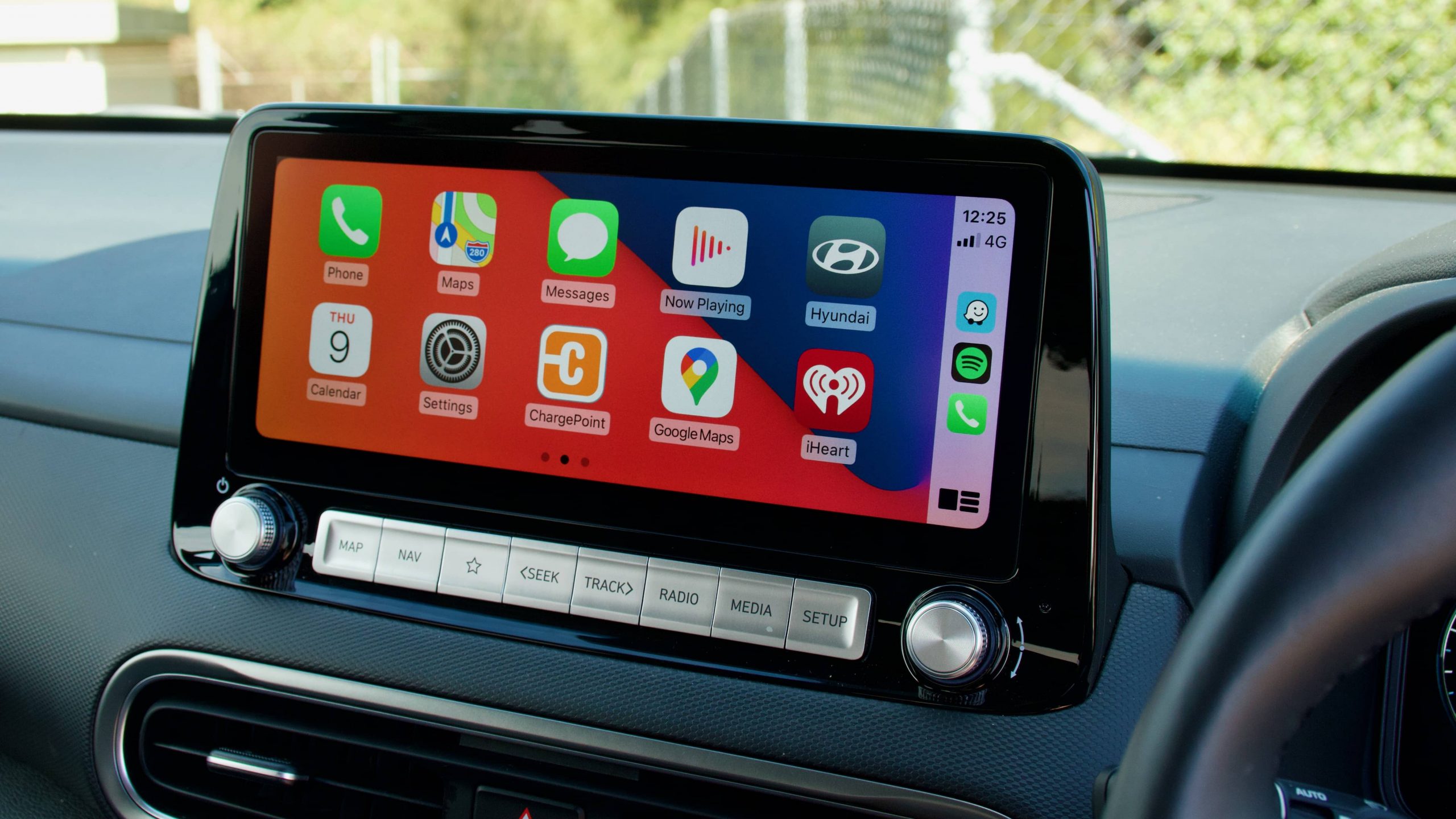
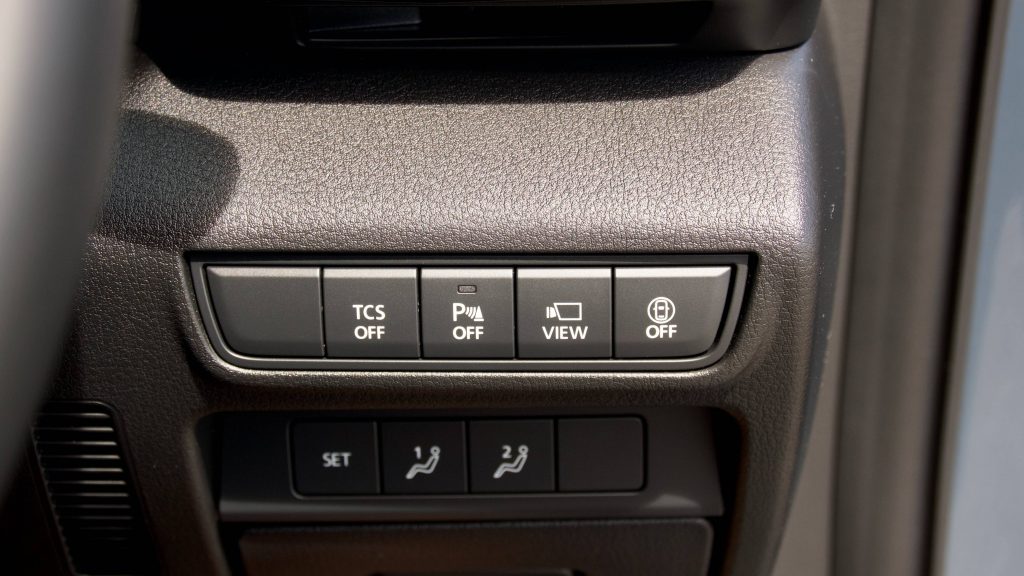
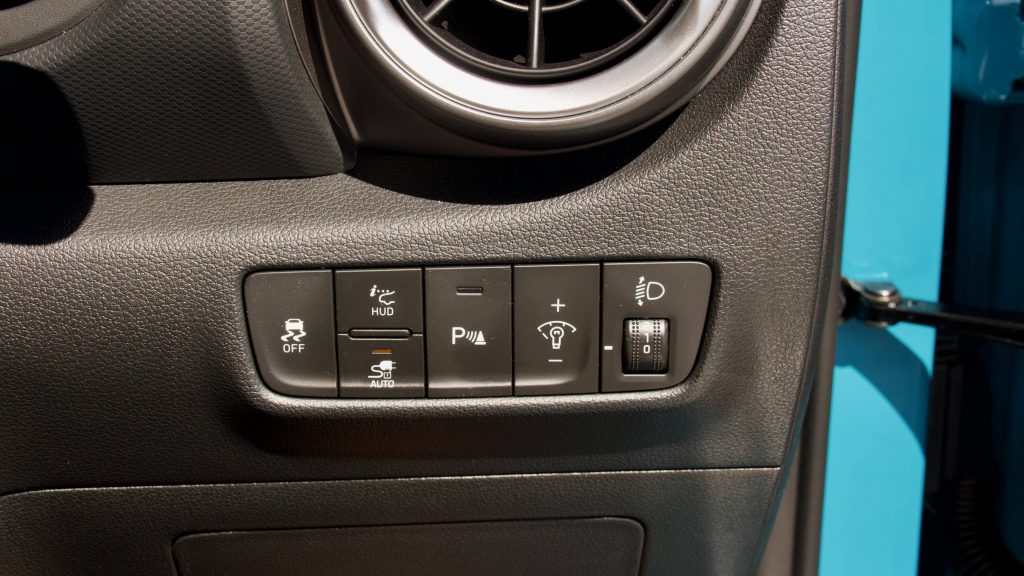
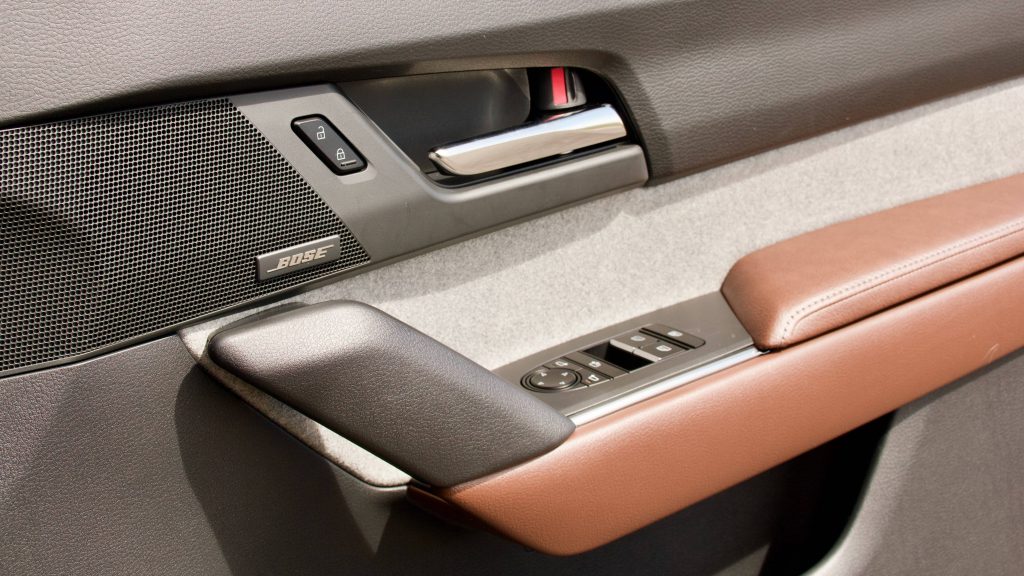
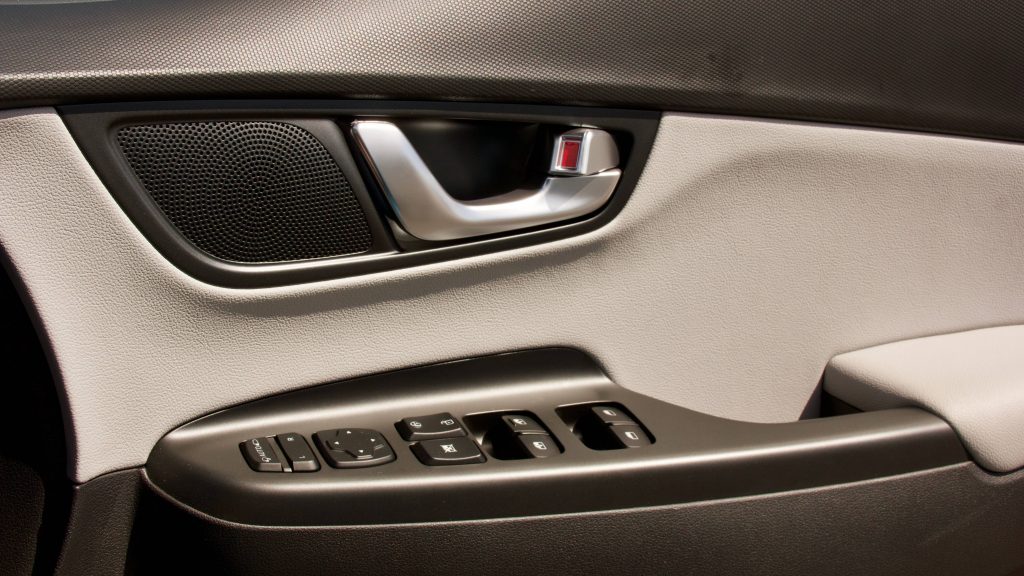
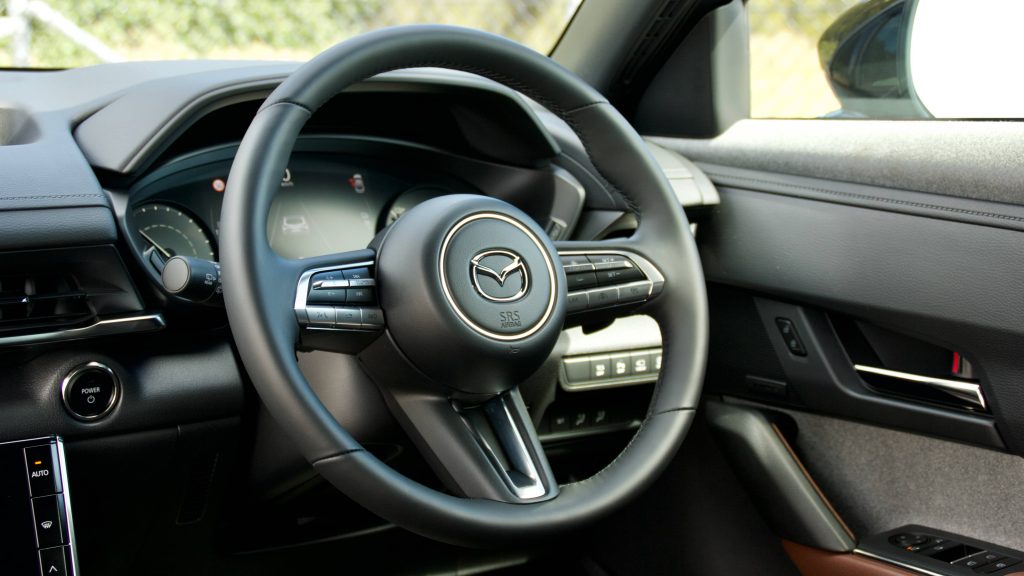
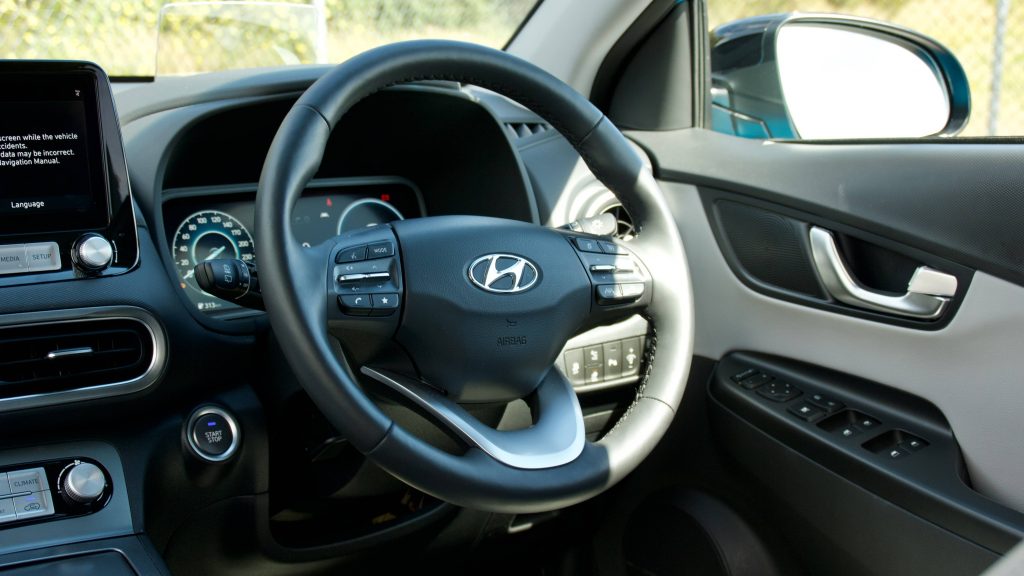
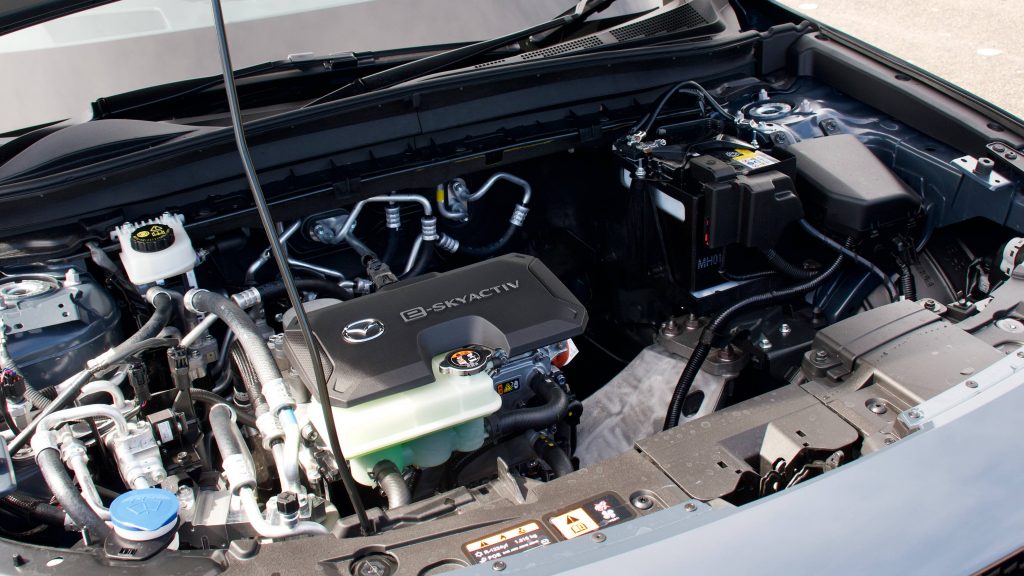
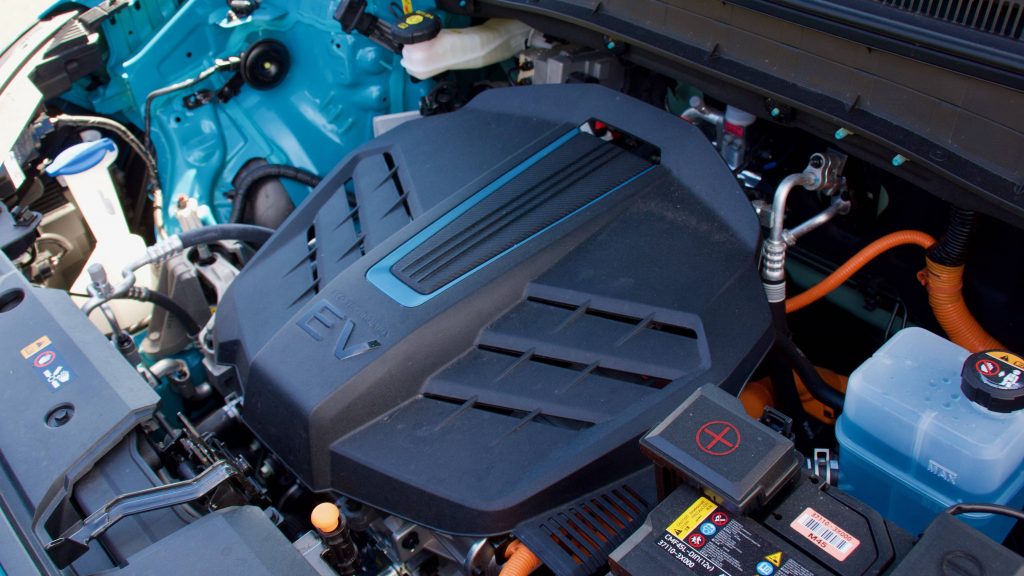
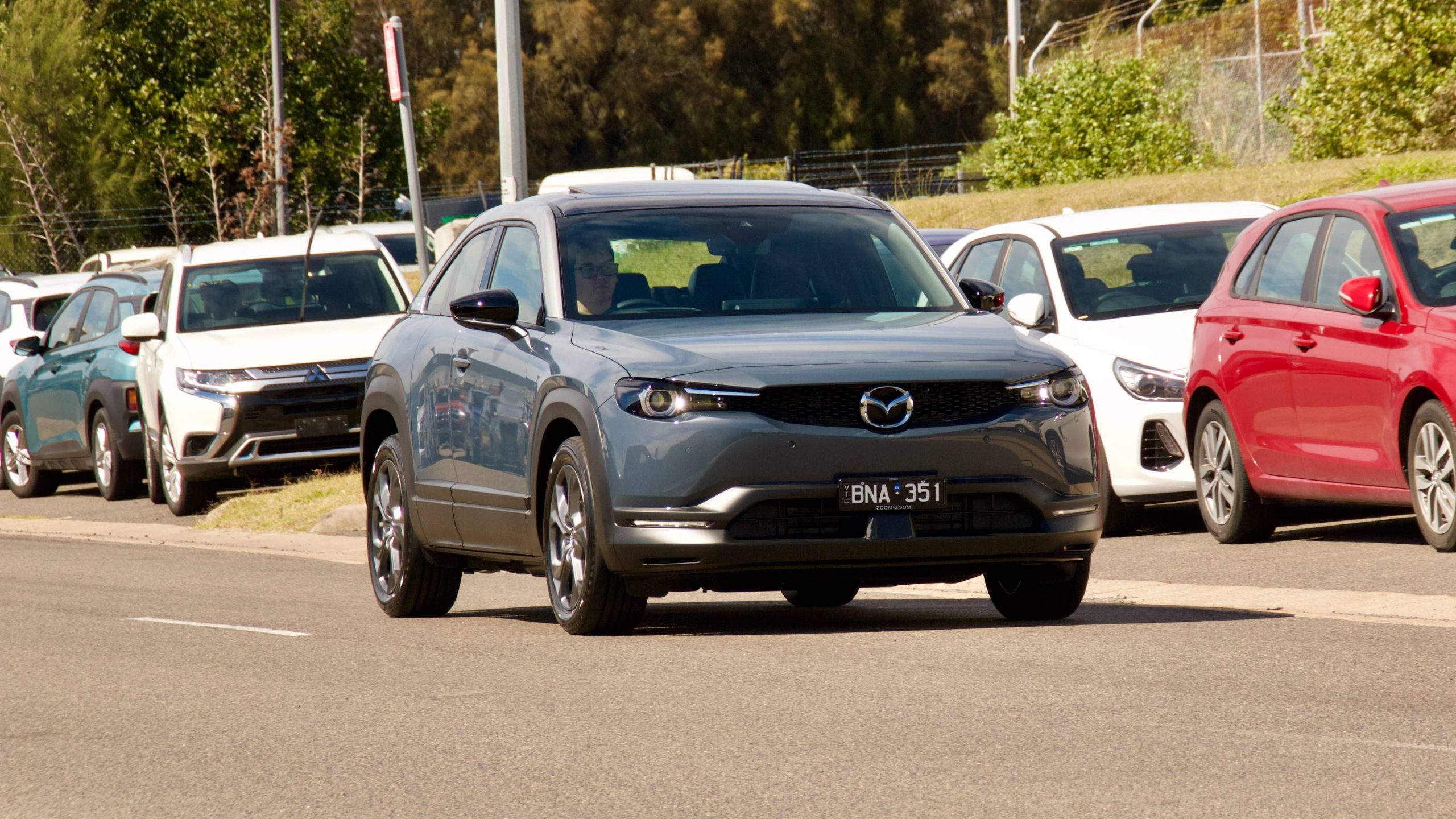
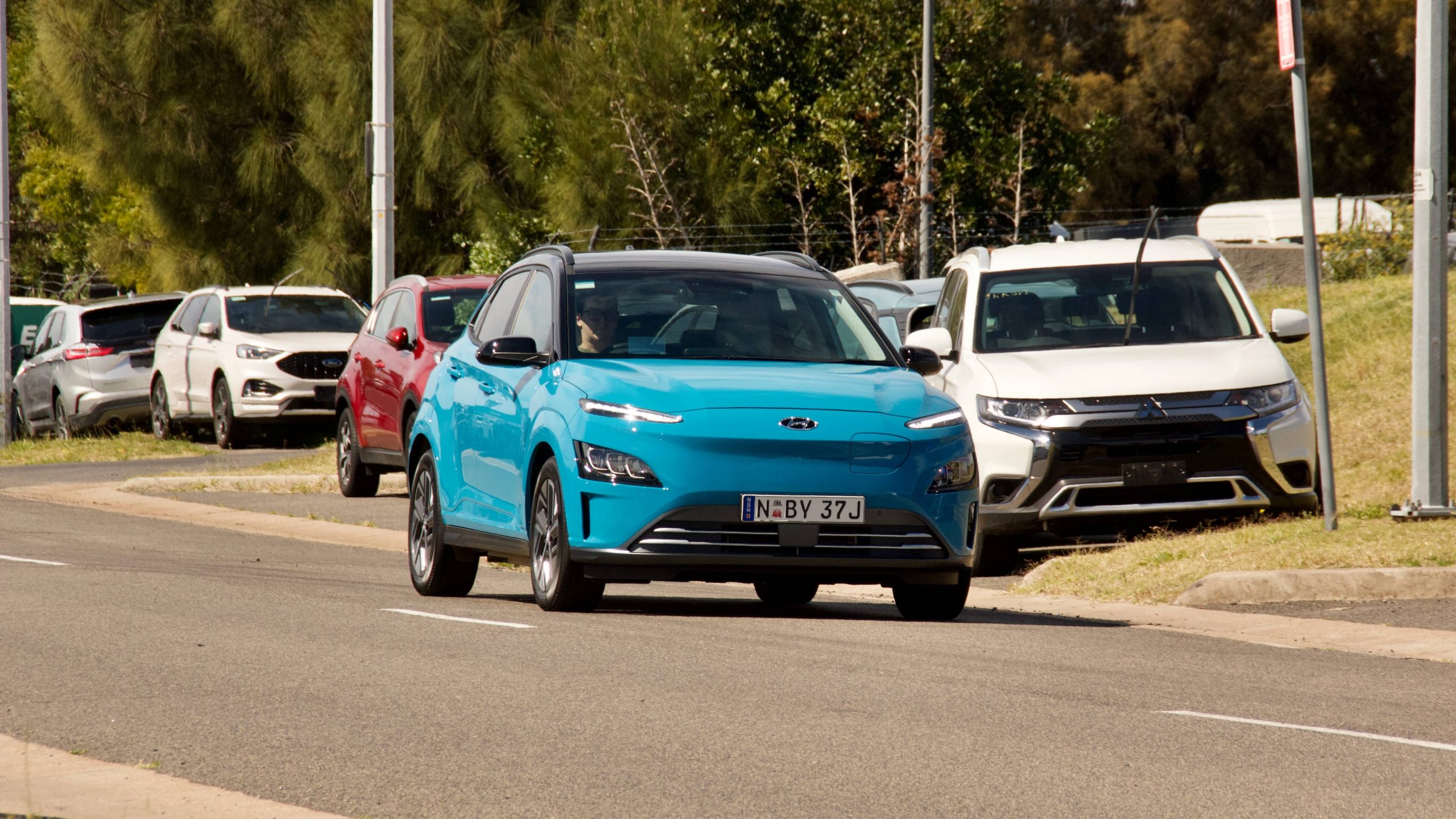
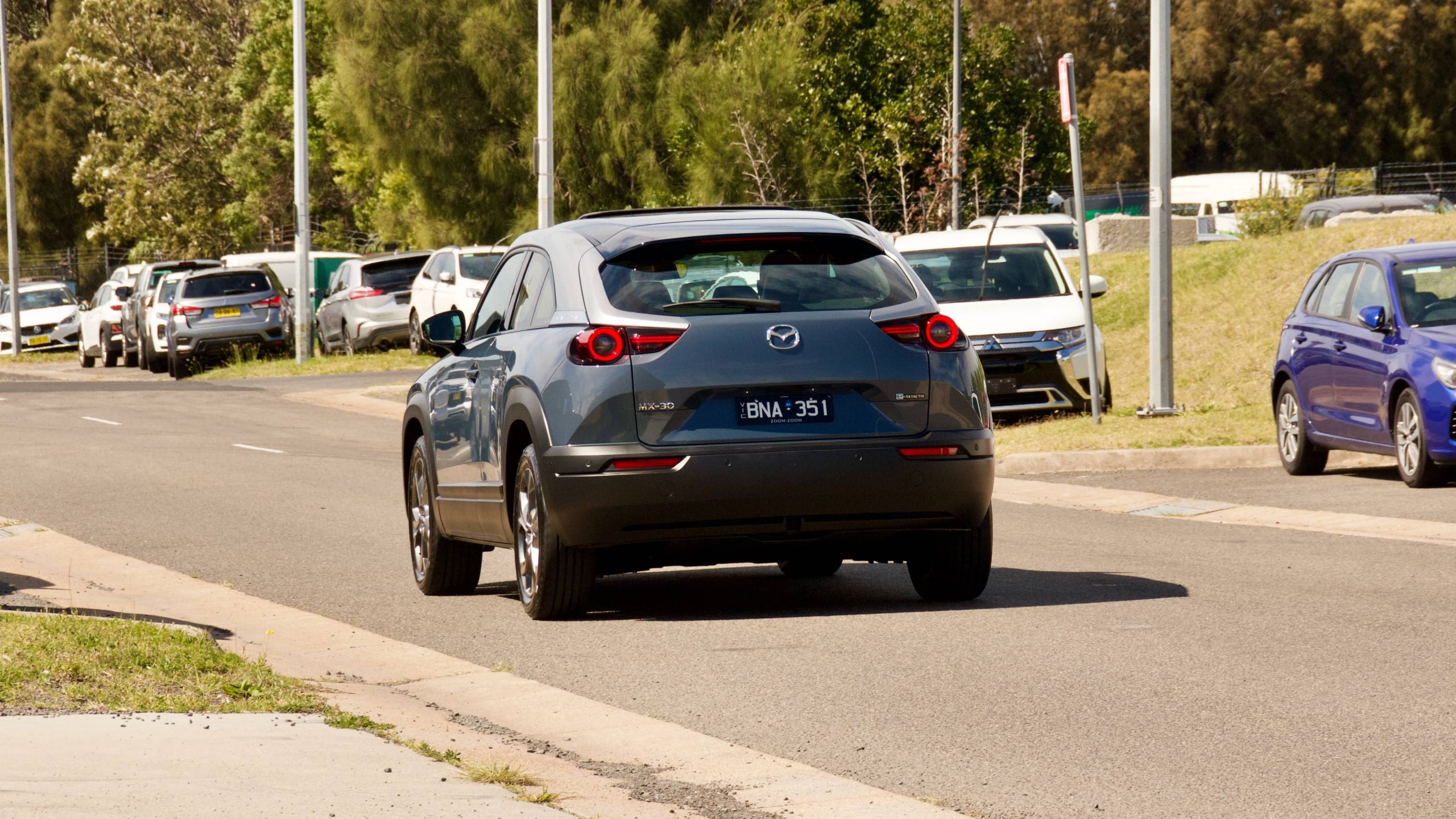
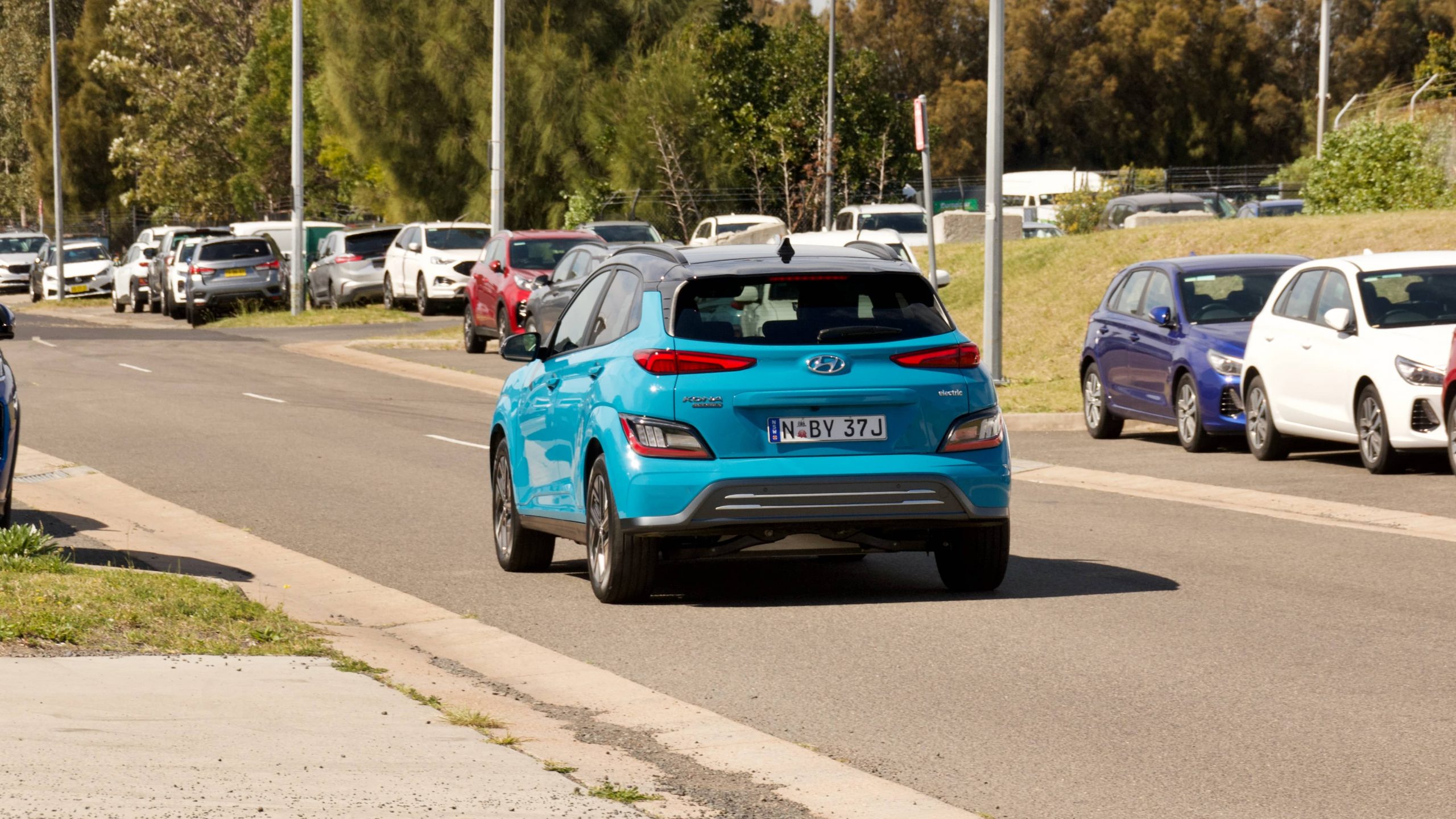
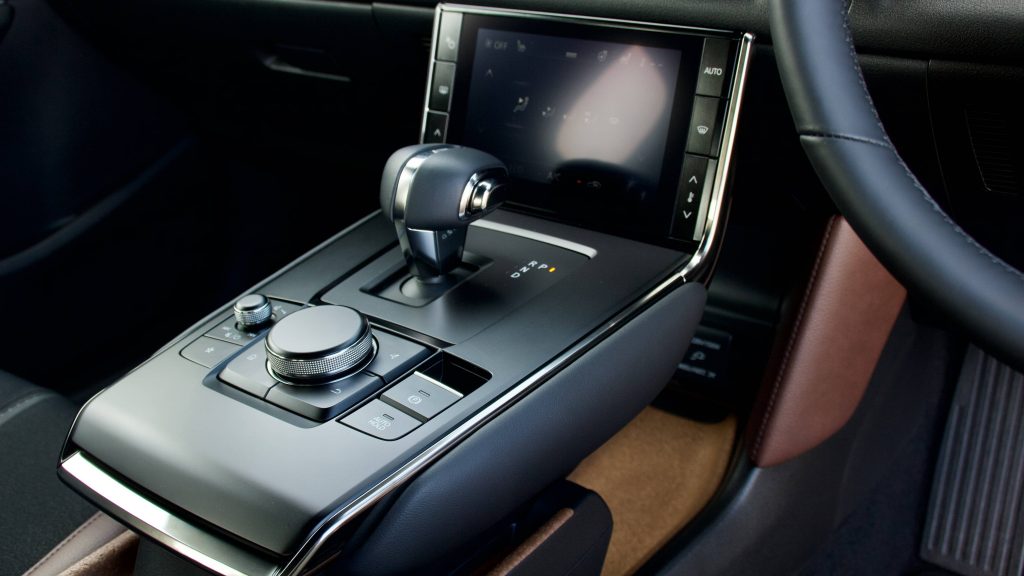
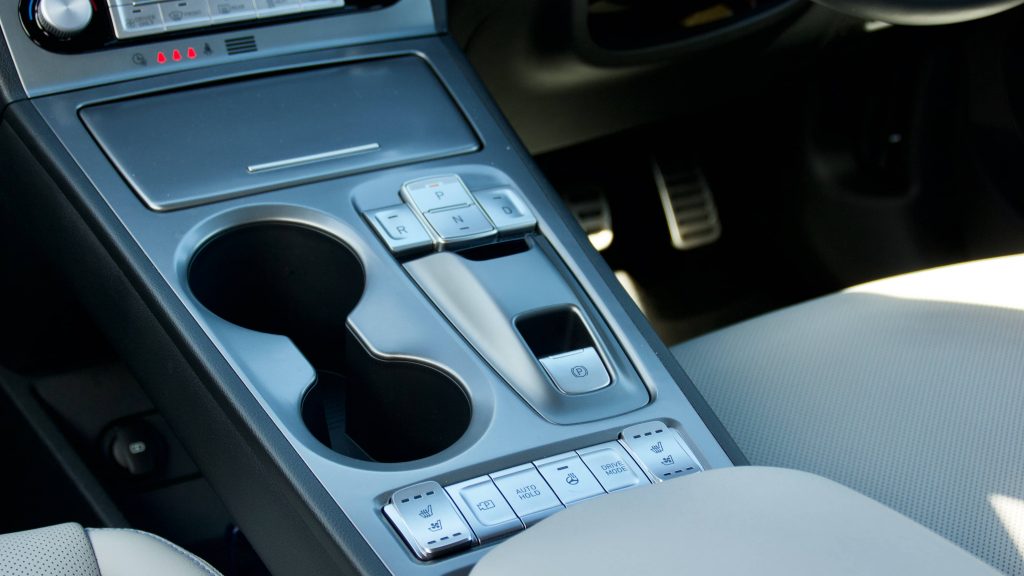
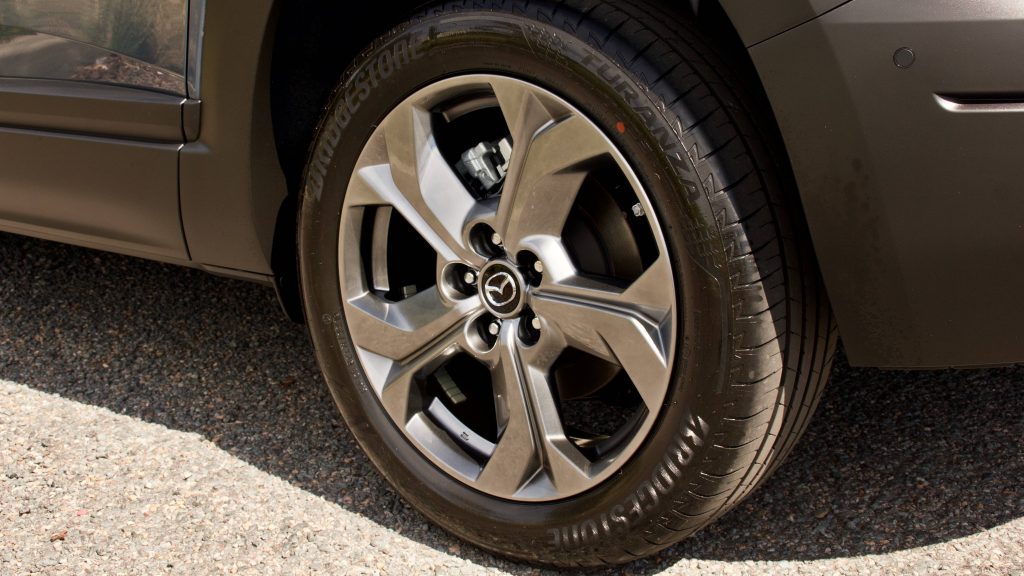
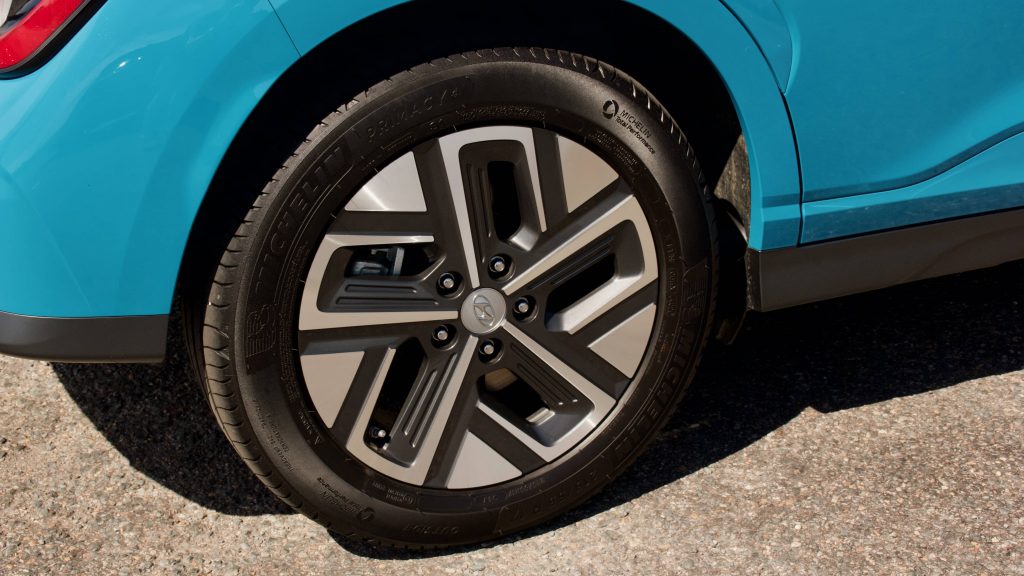
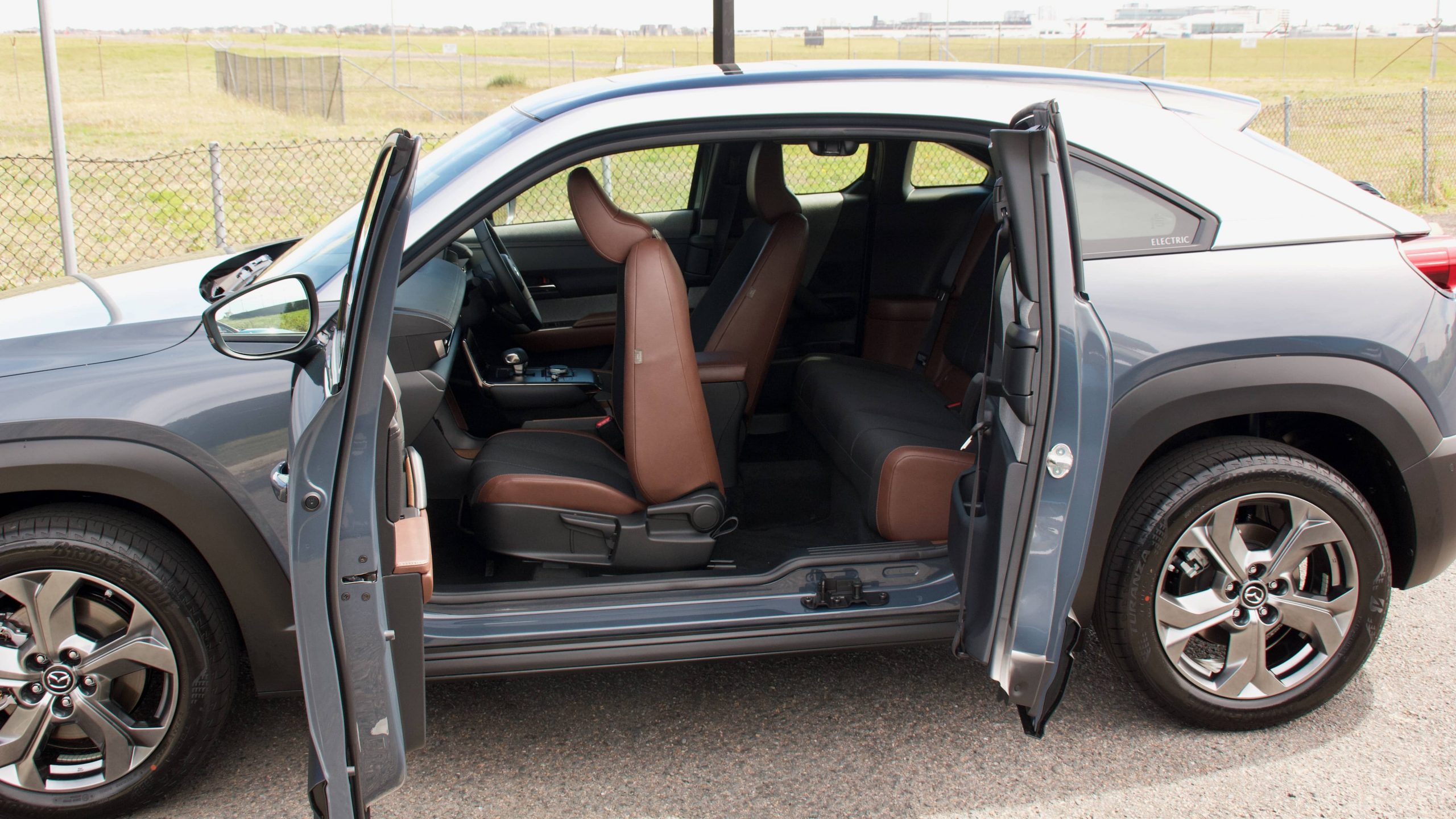
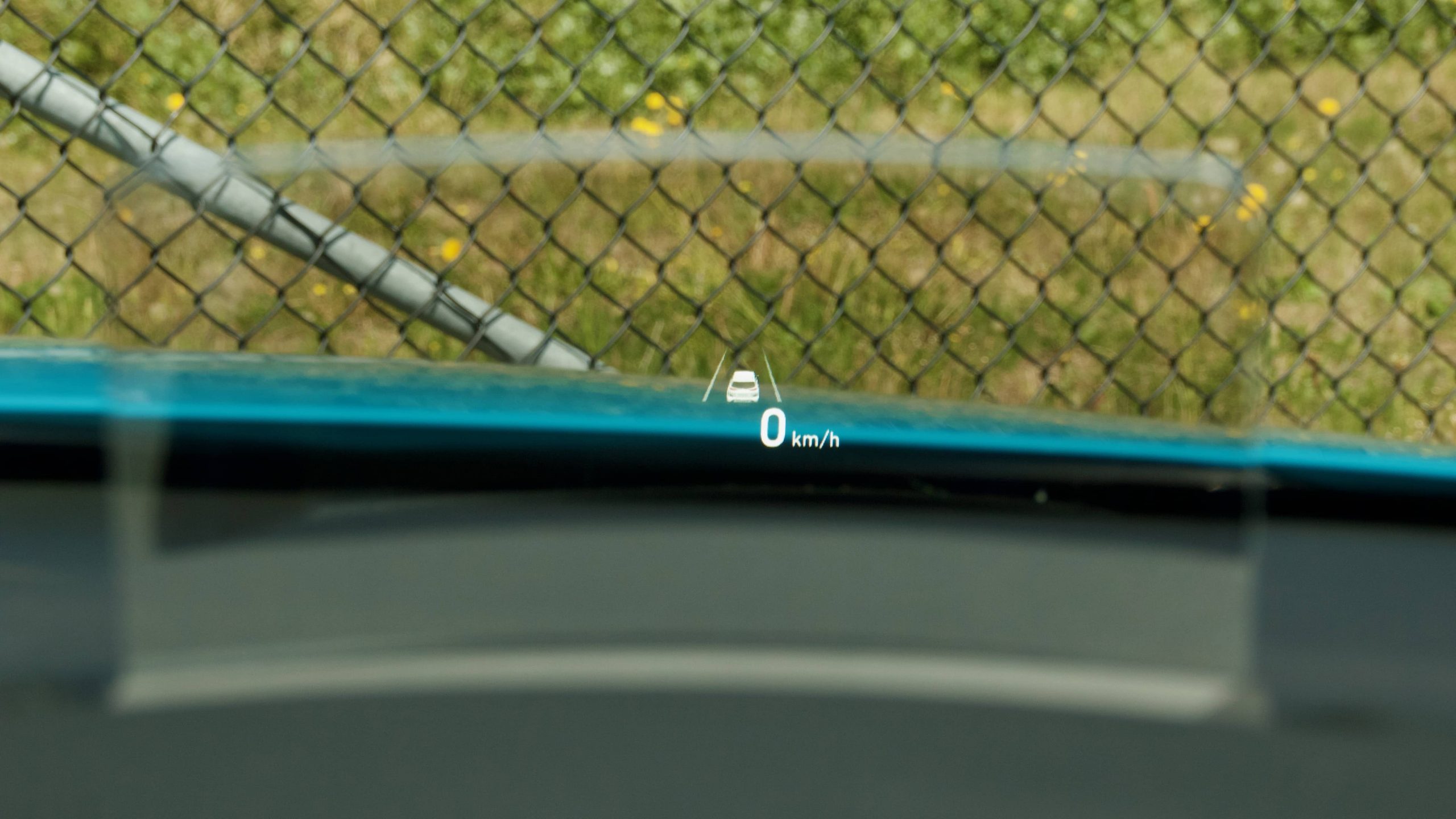
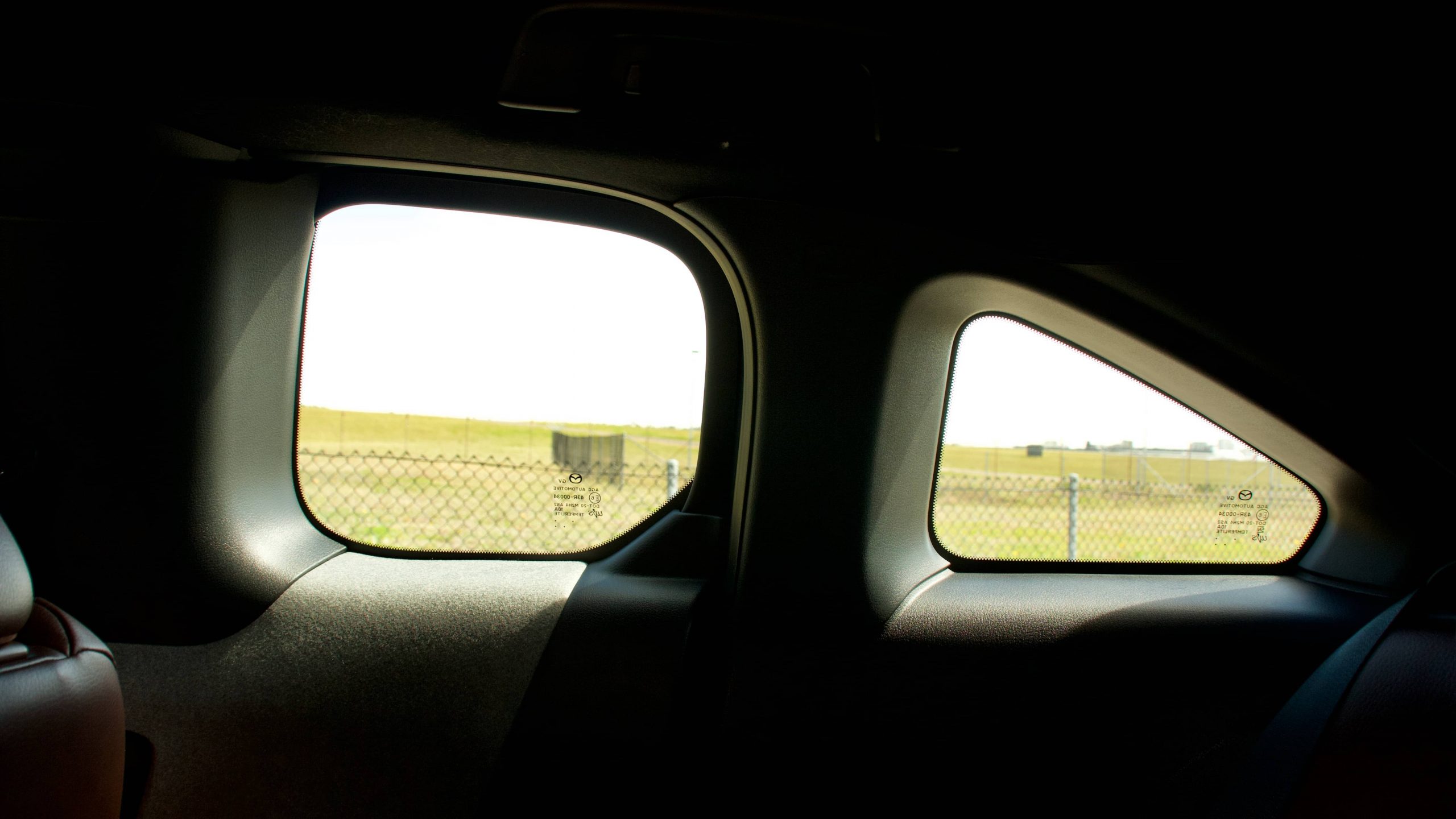
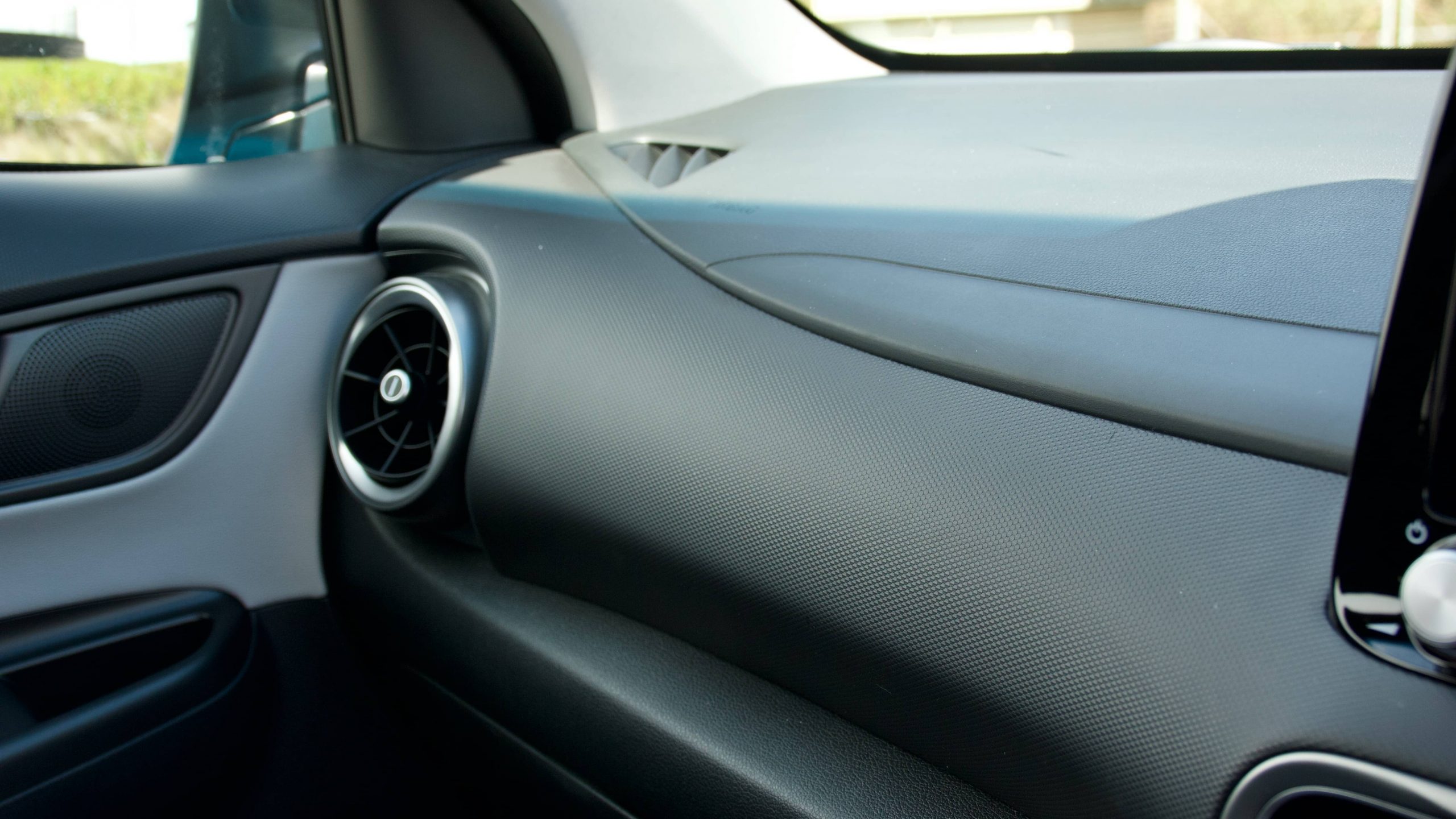
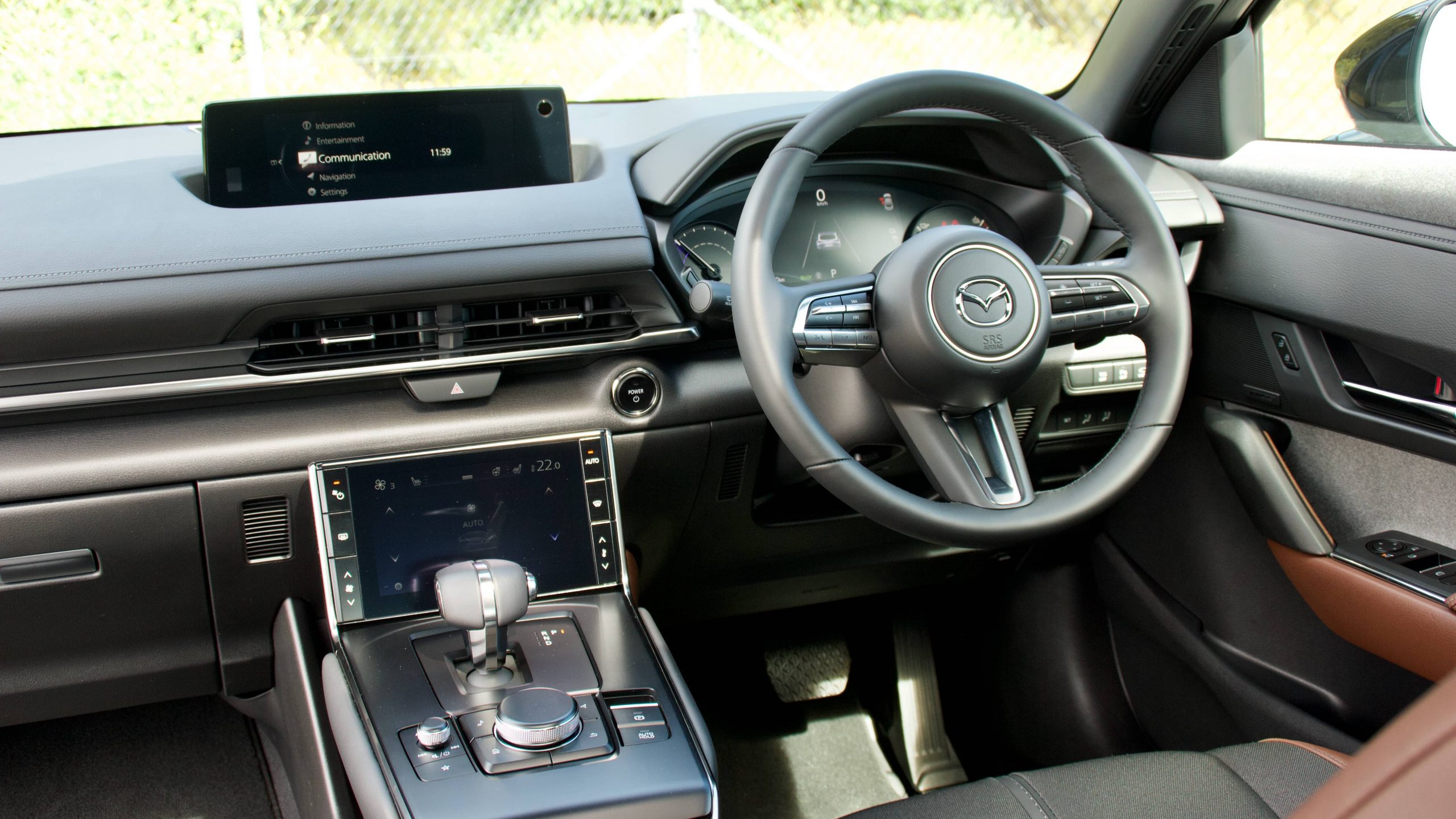
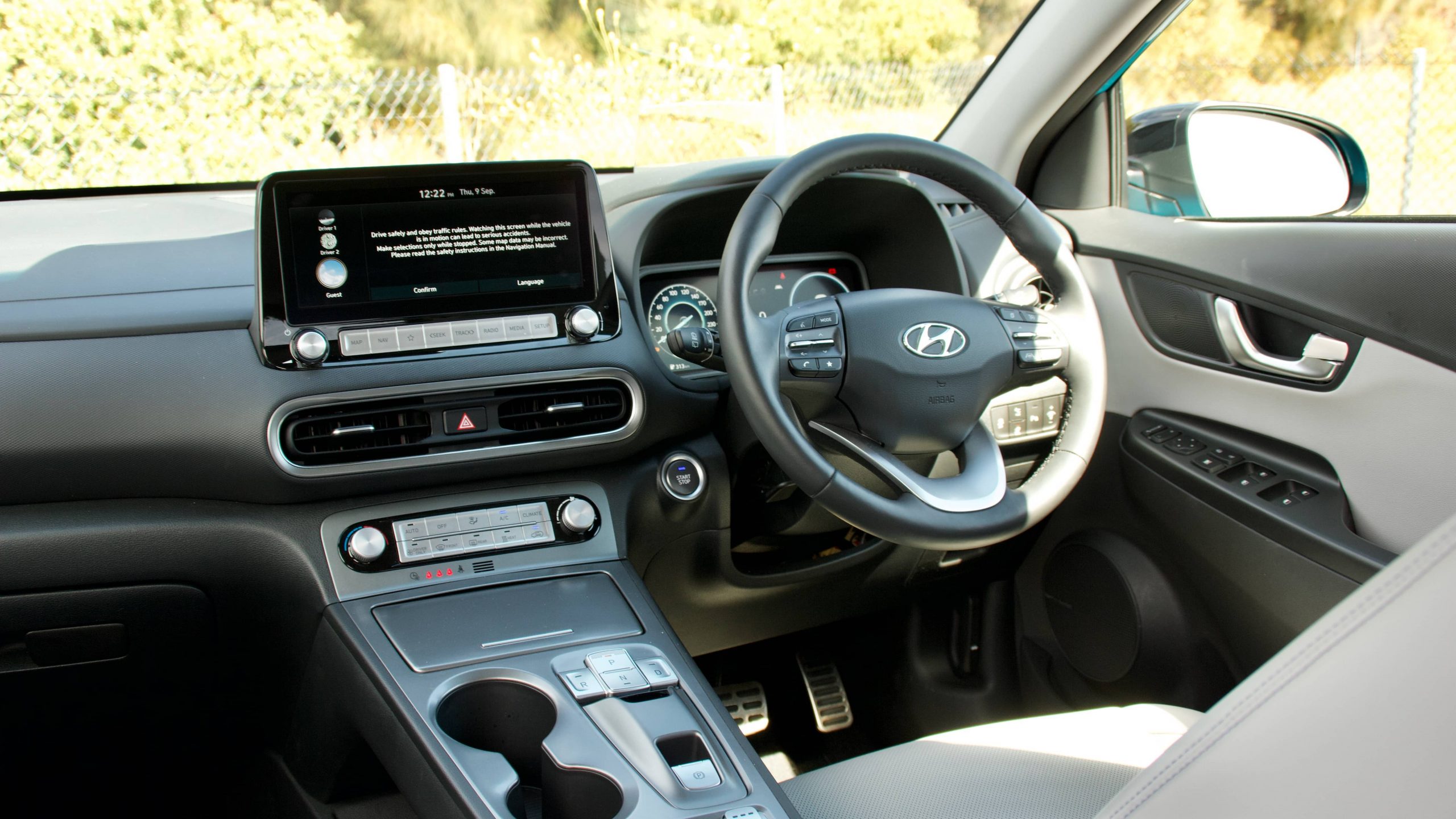
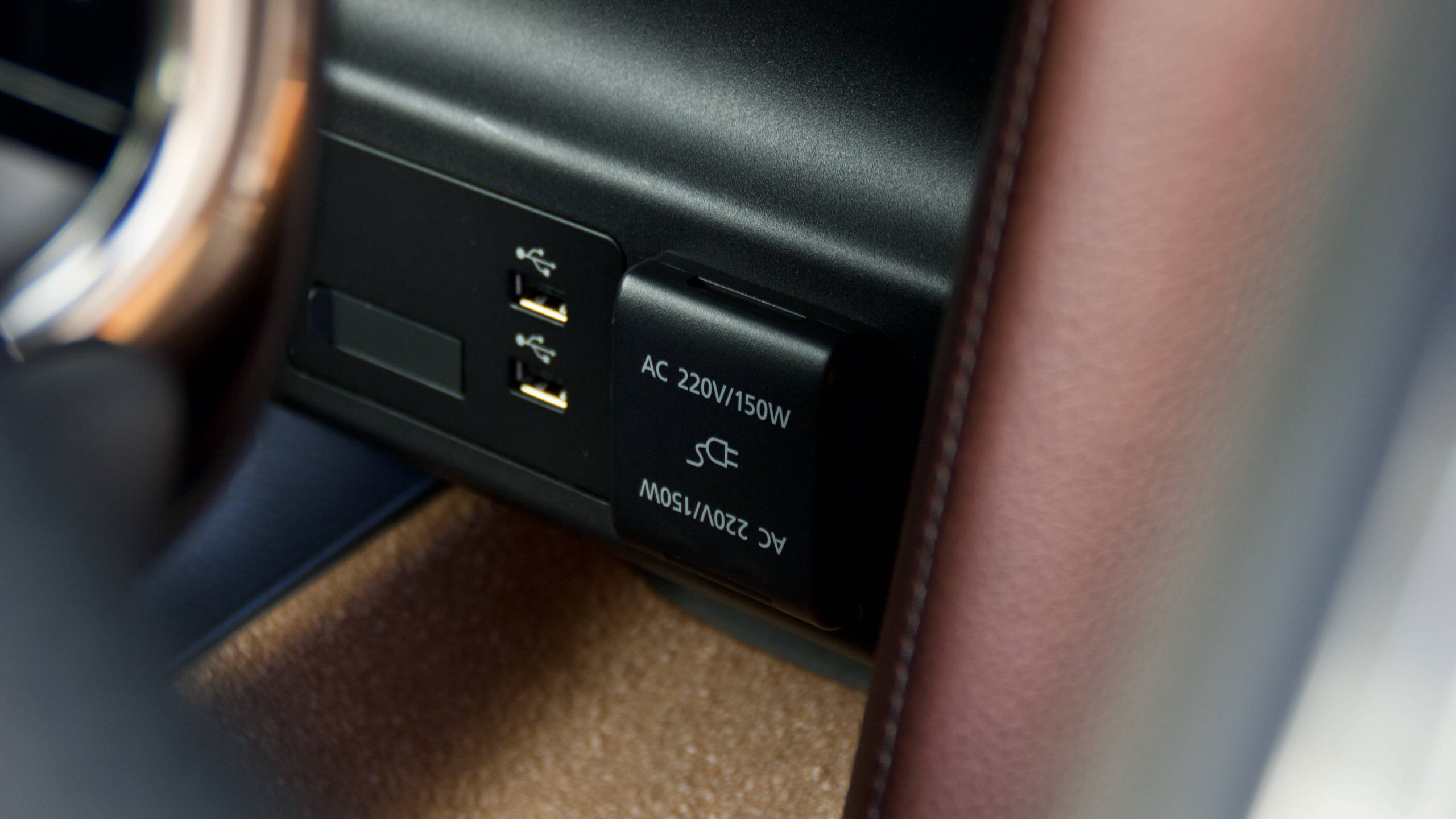
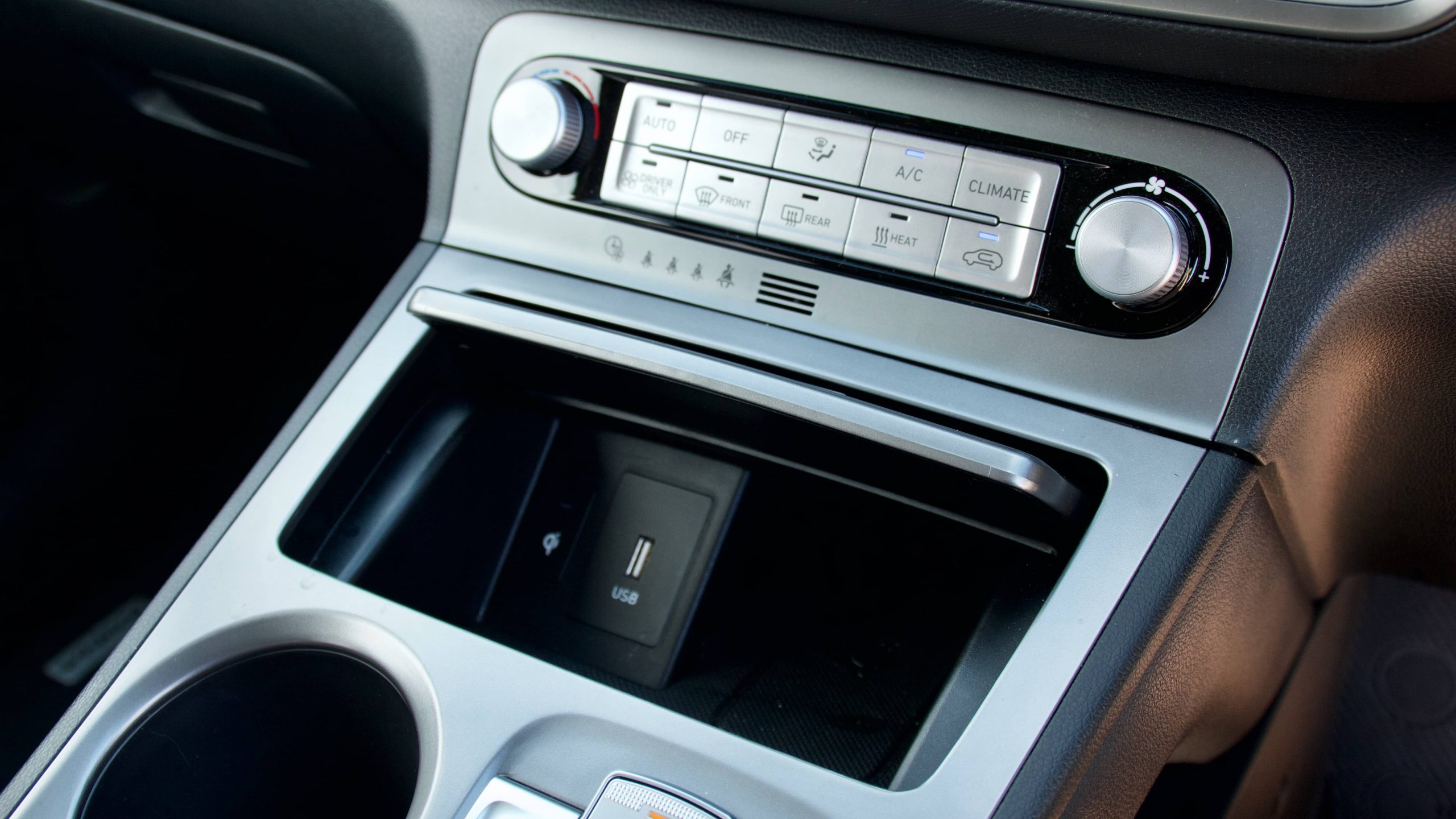
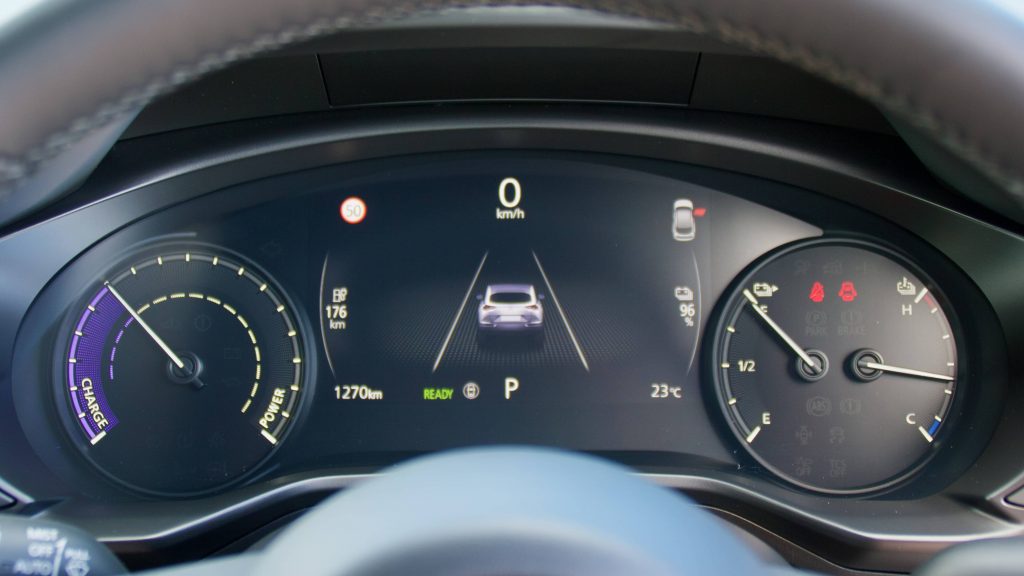
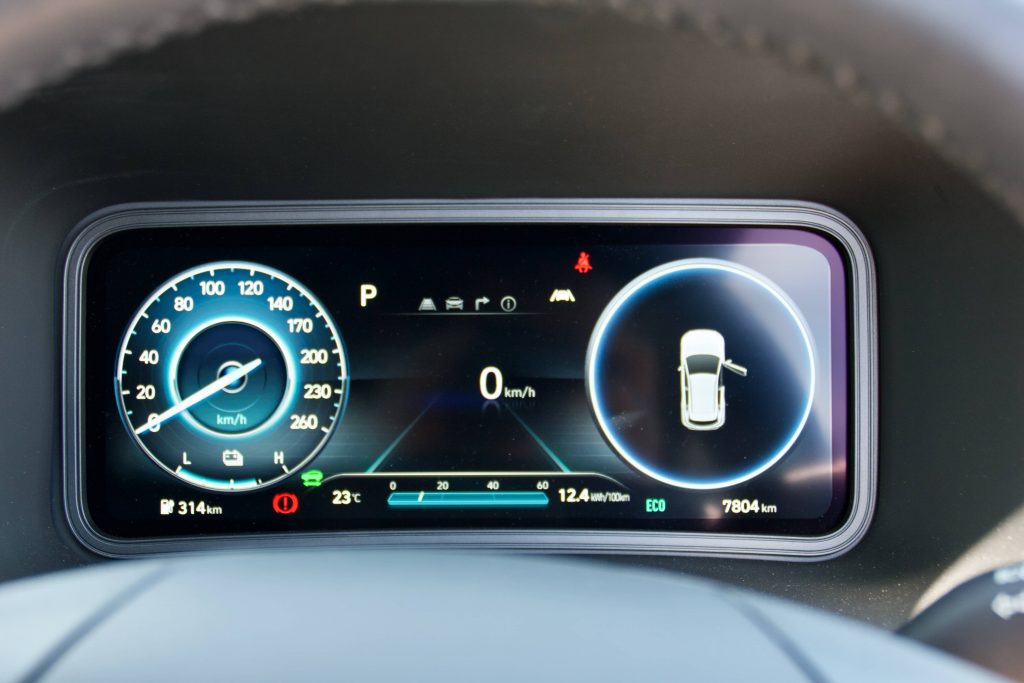
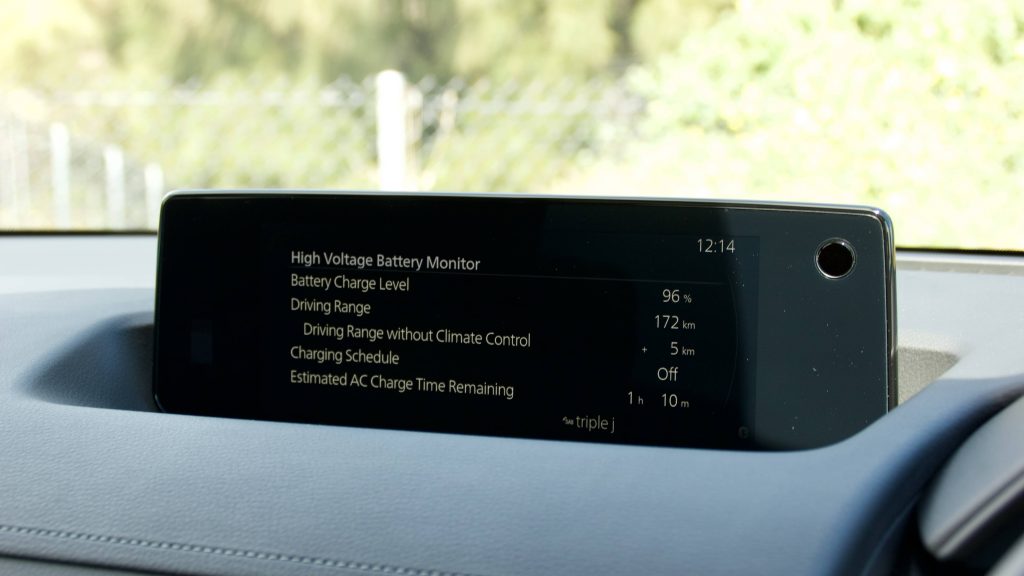
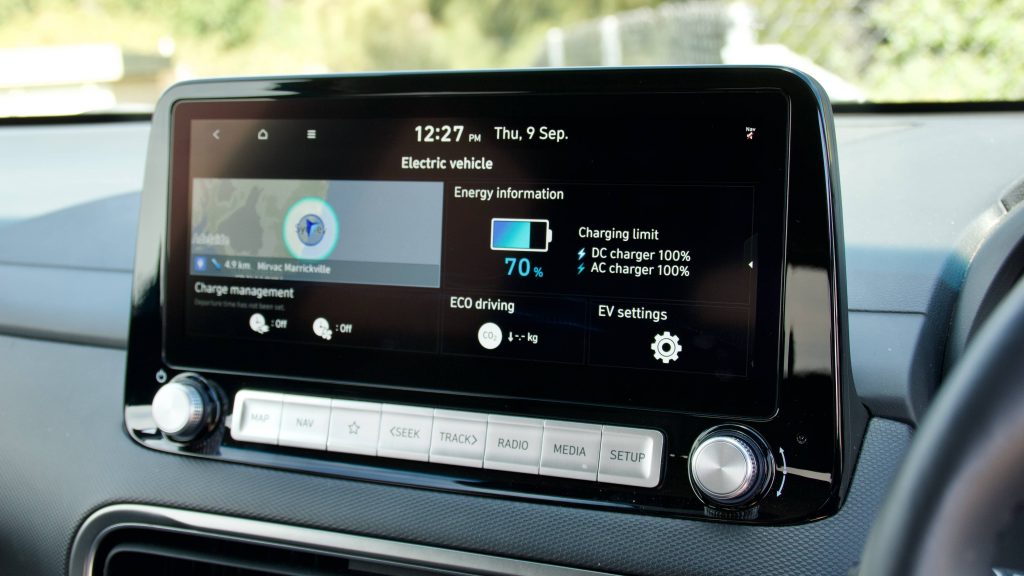
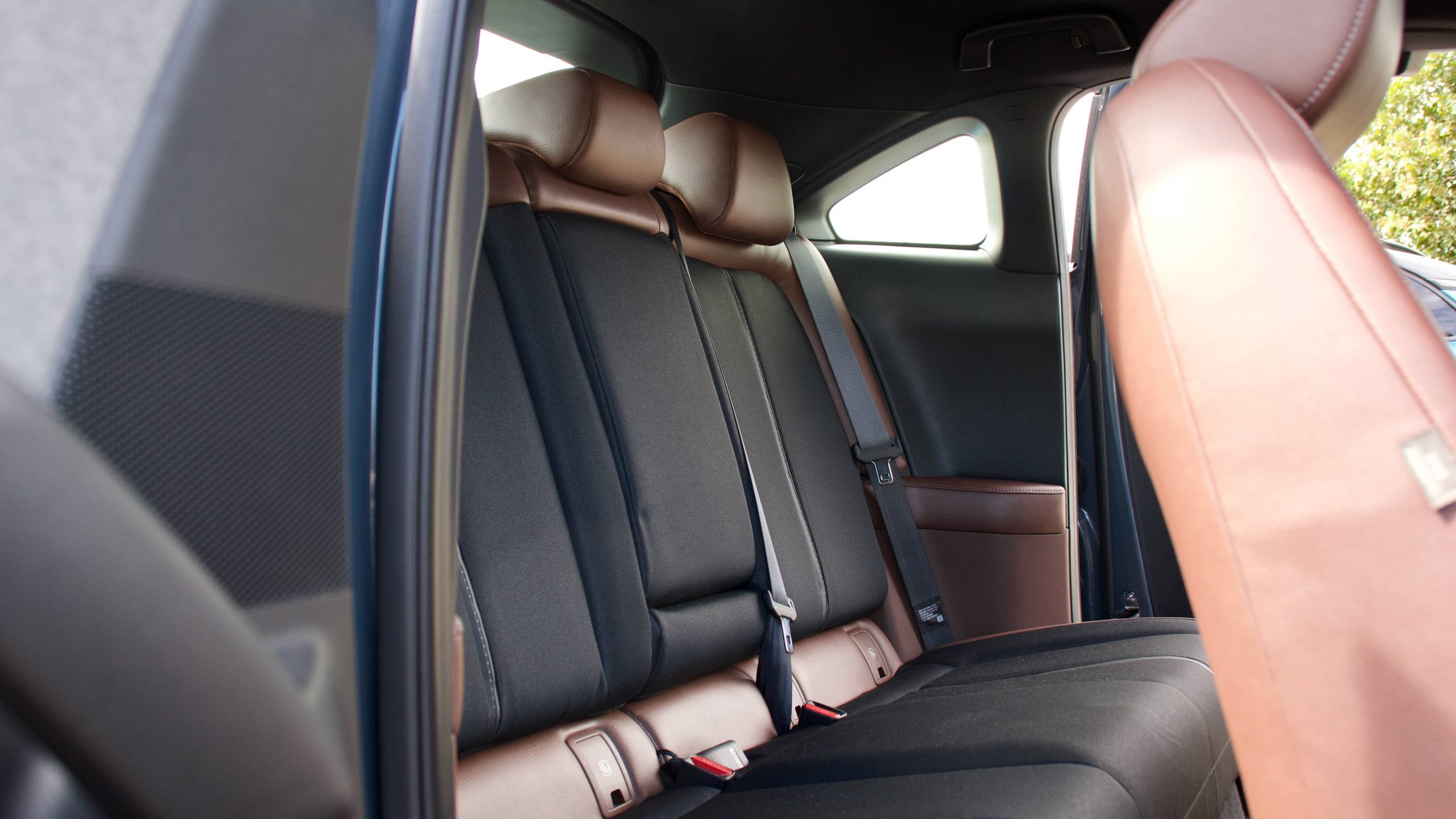
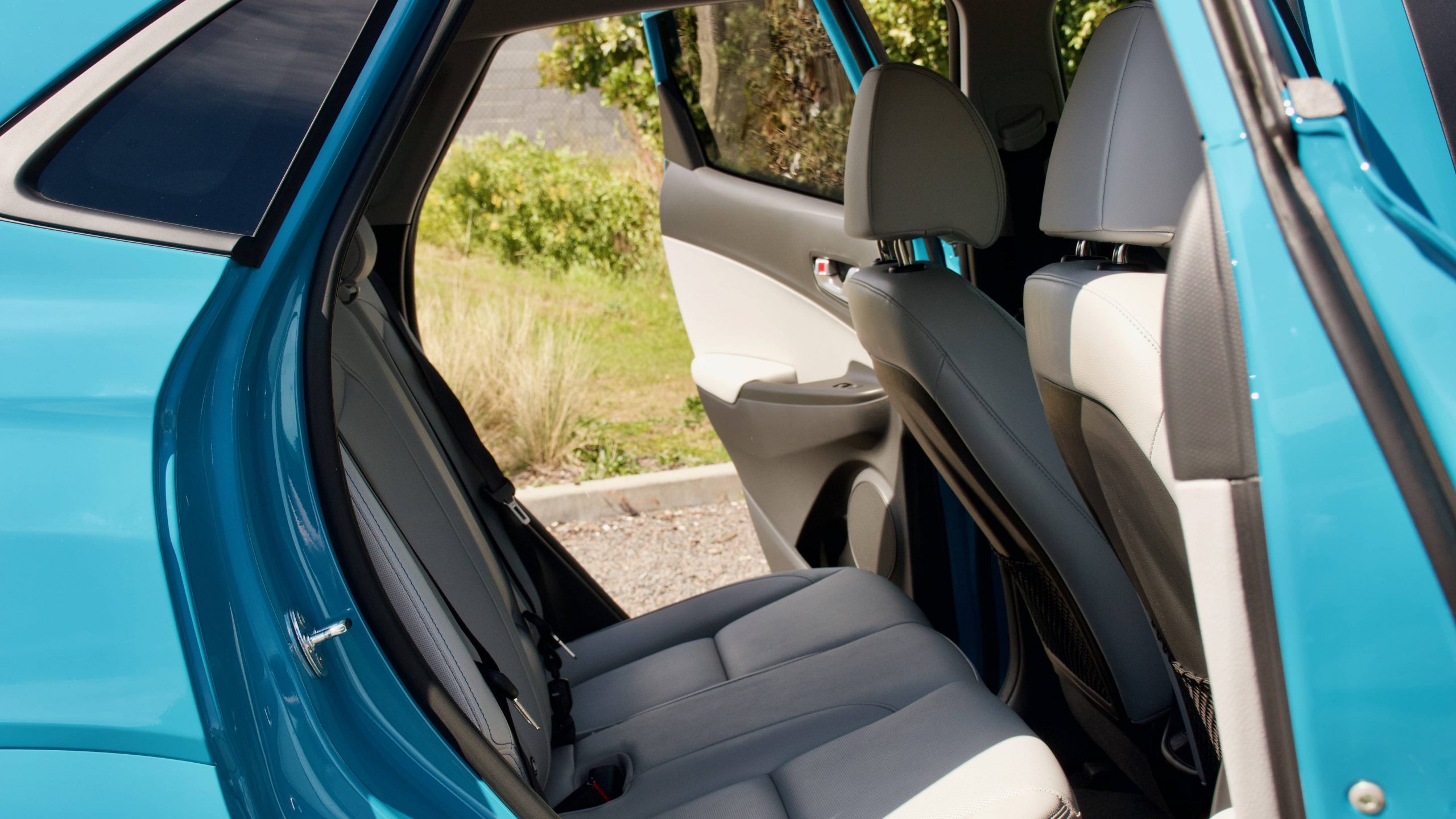
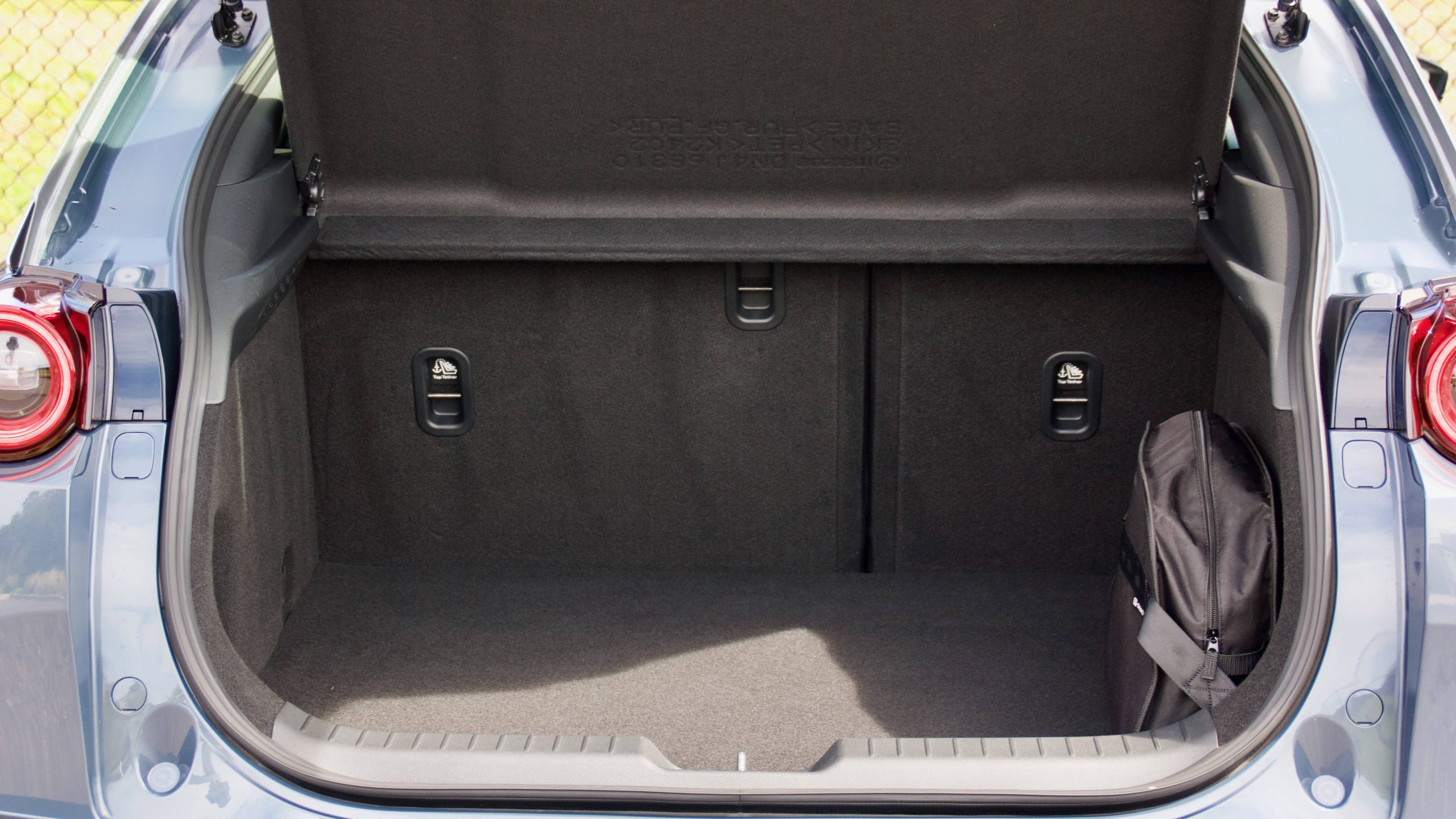
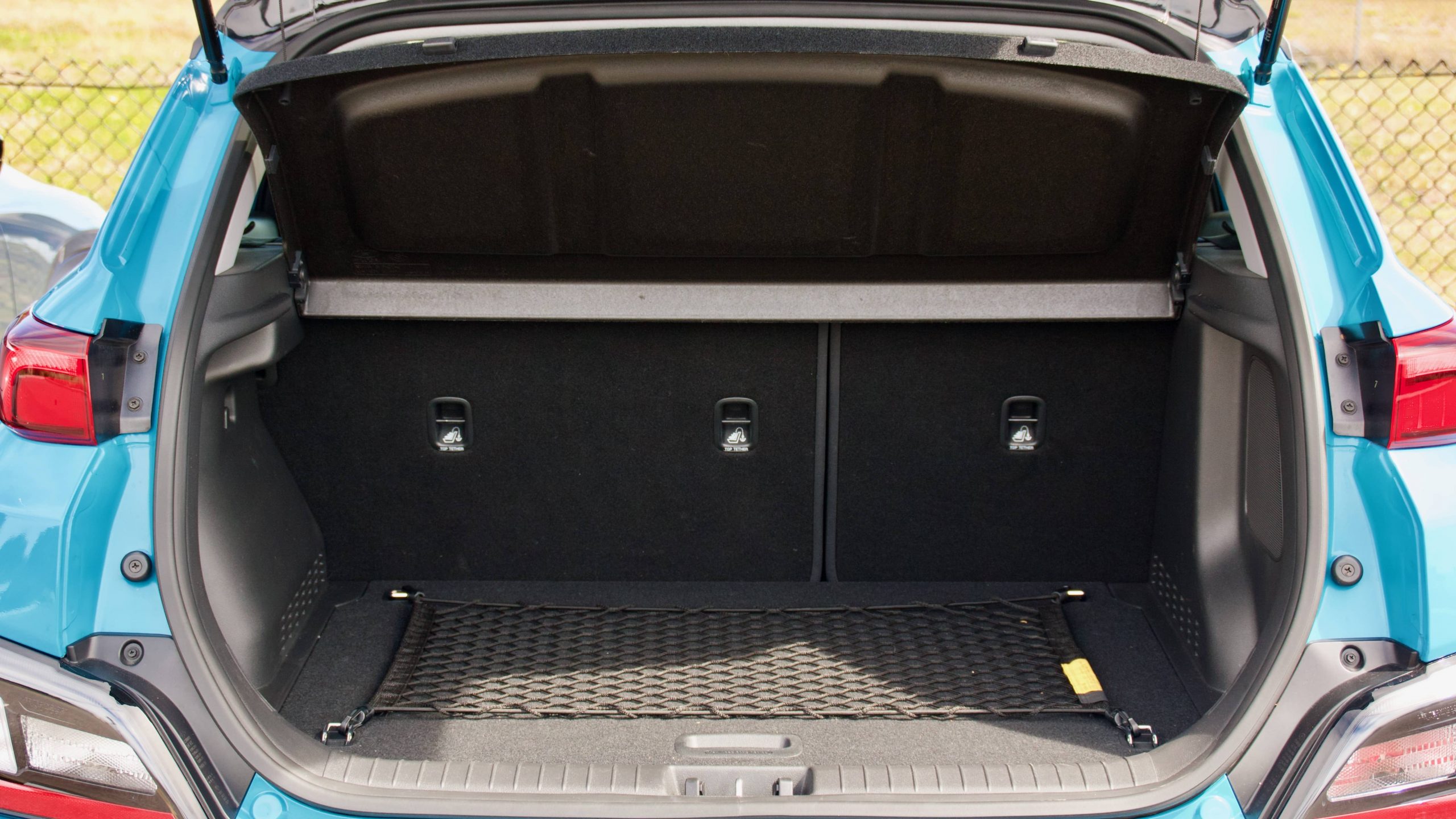
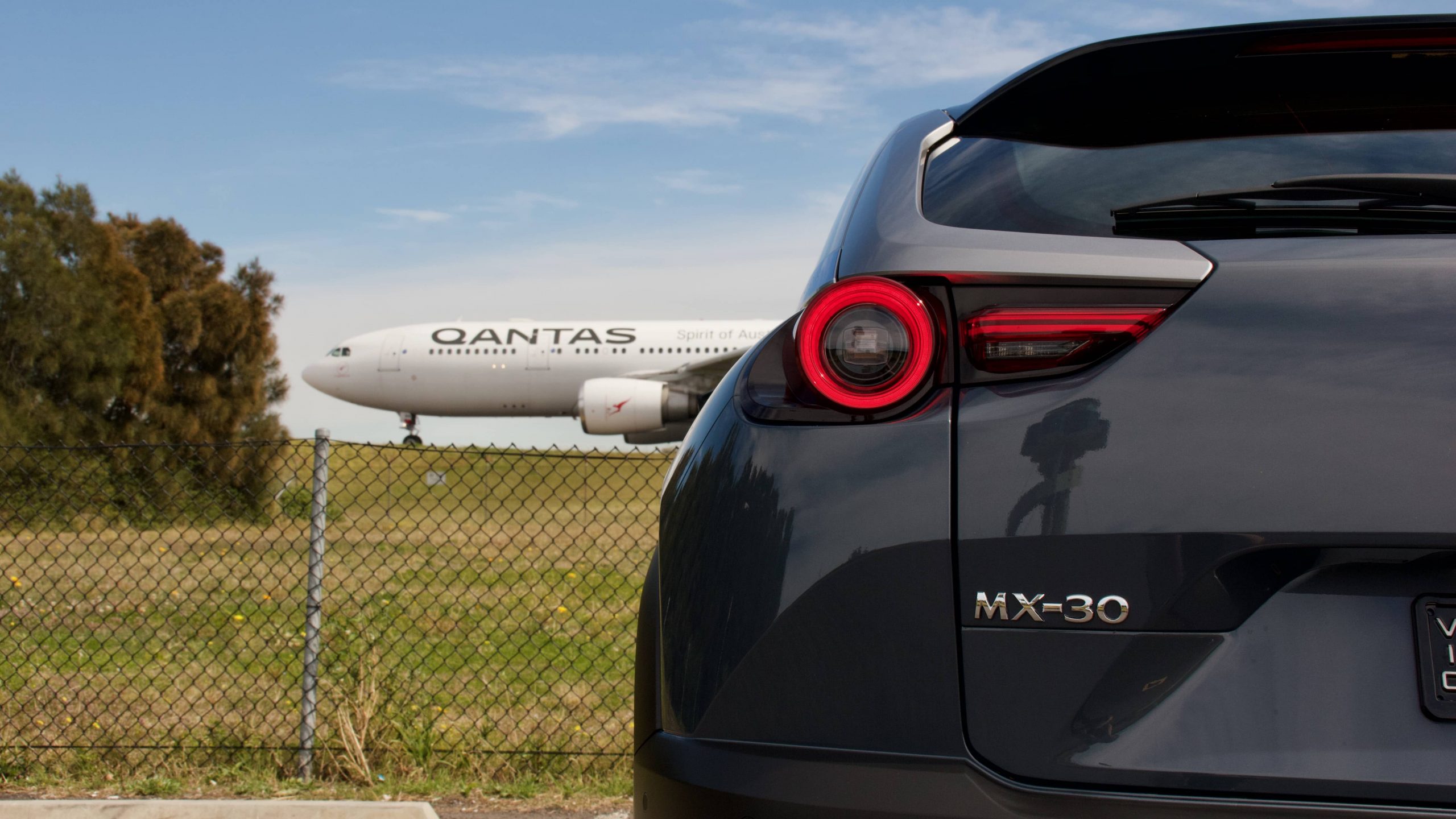
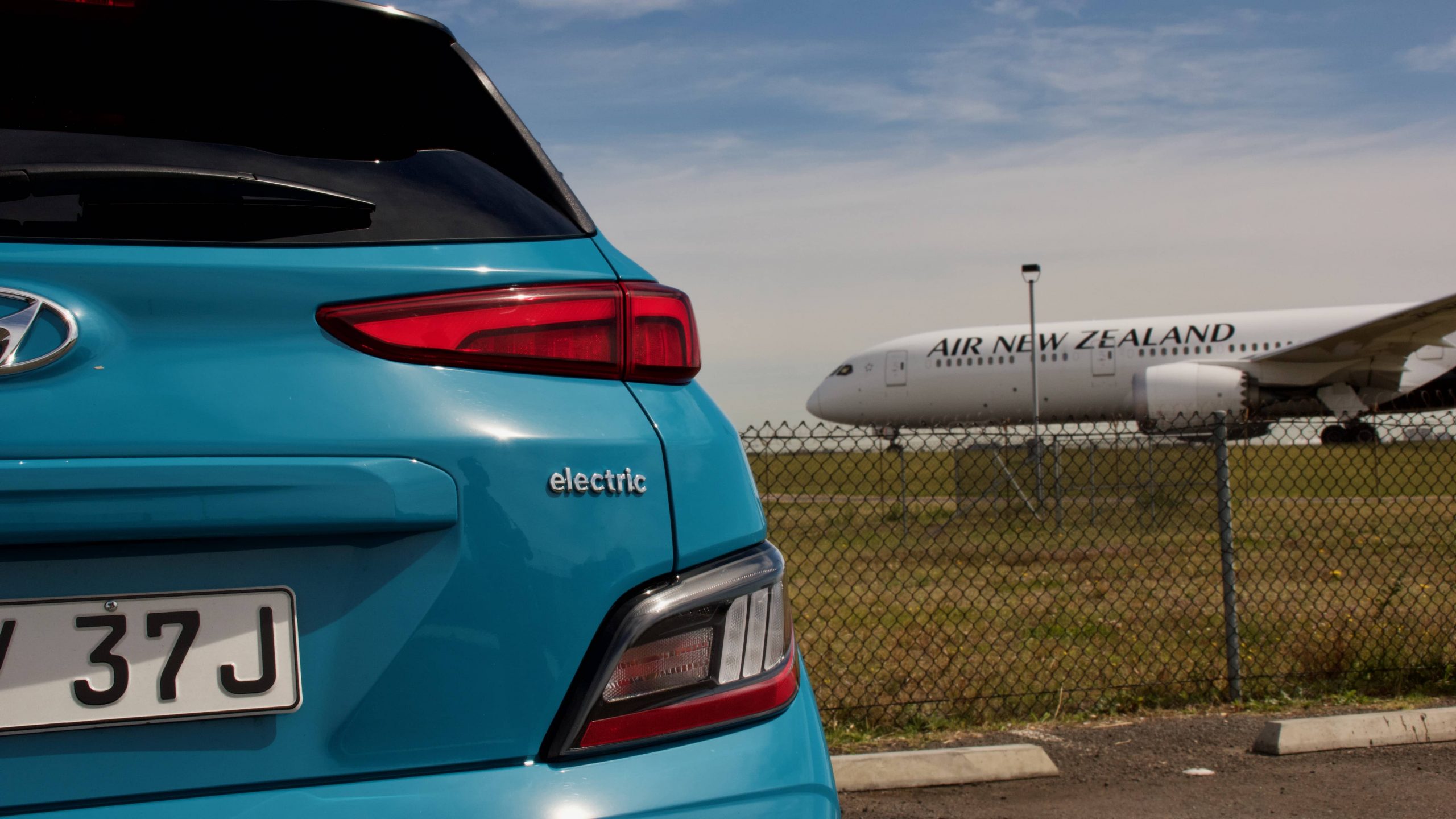
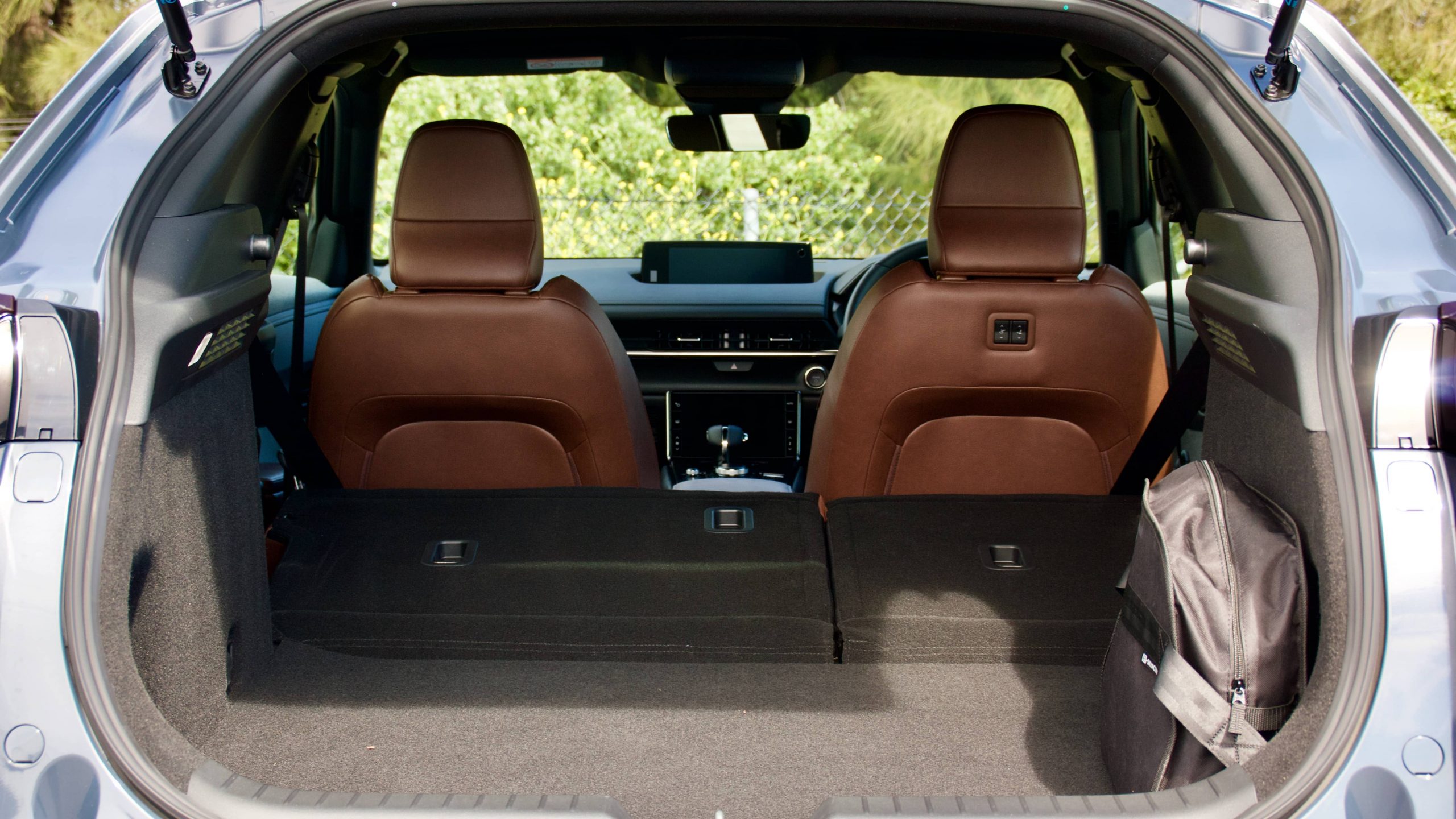
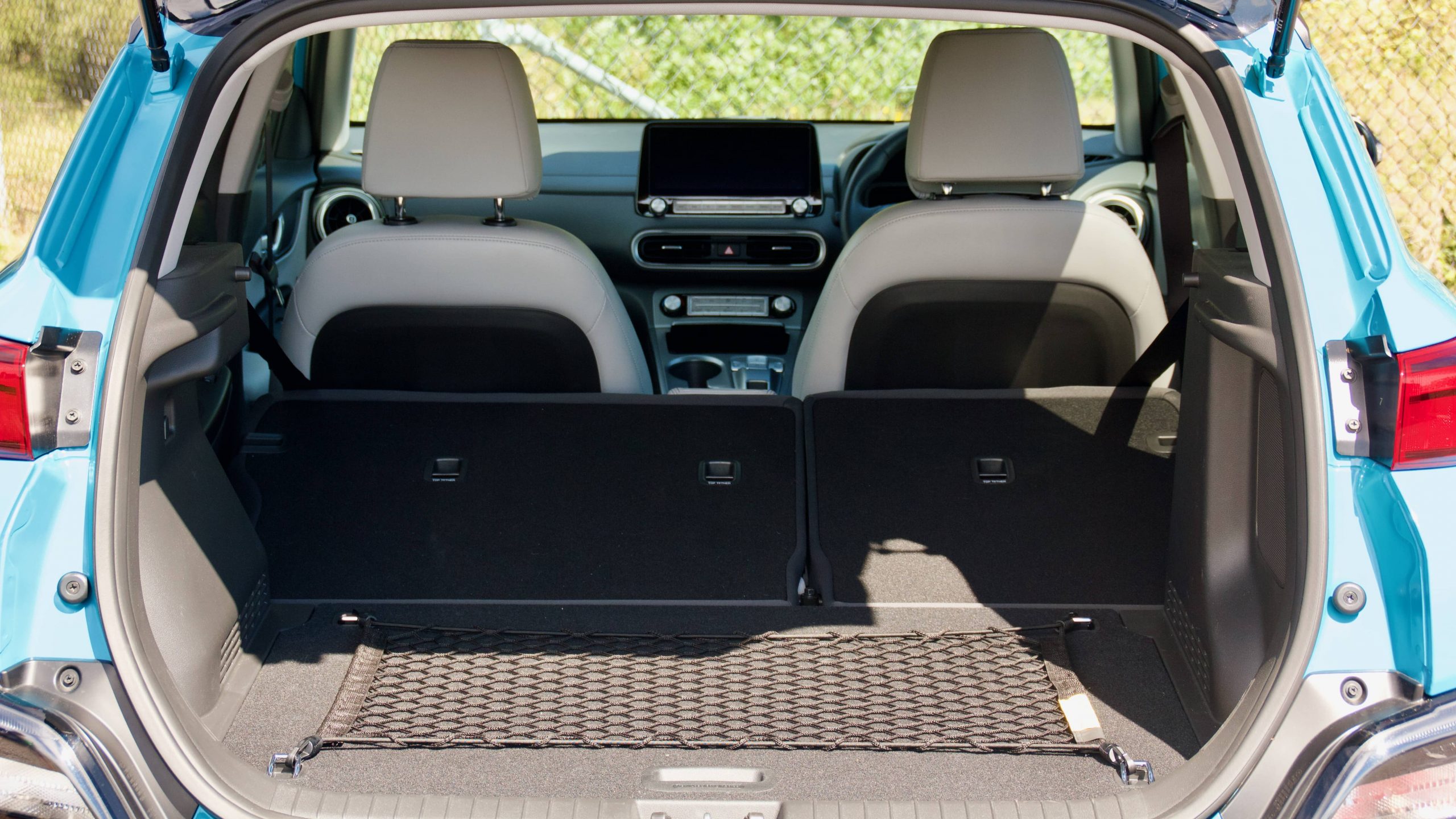
Great review thanks, enjoyed the finely tuned comparisons & the wins in both camps. Hyundai has really picked up its game in recent years in my opinion across all areas & is giving the Japanese a lot to be concerned about.
Look forward to your next “war of the wheels” comparison.